|
Zenato Winery’s tagline “The soul of Lugana and the heart of Valpolicella” encapsulates the essence of this winery located in Veneto in northeastern Italy. Sergio Zenato and his wife, Carla, founded Zenato in 1960. Sergio’s life long dream was to create a winery and produce memorable wines reflecting the “fruits of the earth” from which they were grown. His vision was realized and today these expressive wines are the result of his tireless efforts, love for his land and passion for quality. Both children, Nadia and Alberto Zenato, now run the winery. Nadia manages the marketing and promotional activity and Alberto is the winemaker who oversees all aspects of production. Zenato has 95 hectares of vineyards that stretch from the banks of Lake Garda in Lugana to the hills of Valpolicella’s “classic zone” in the province of Verona. The Santa Cristina estate is located in San Benedetto di Lugana where Trebbiano di Lugana grapes are grown. Lugana DOC is a small denomination that produces only white wines and is renowned for its distinctive morainic terroir of penetrating humid clay soils and rich minerals deposited by the glacial moraines of thousands of years ago. The wines are naturally high in acidity with characteristic aromas of white flowers and citrus. Zenato’s Costalunga estate in Valpolicella produces the famous grape varieties Corvina, Rondinella, and Oseleta. Valpolicella is considered the most famous red wine area in Veneto and was given DOC status in the 1960s. There are many styles produced here such as Classico, Superiore, Amarone and Ripasso and they range from light and easy-drinking to powerful and complex wines. I had the pleasure of tasting three Zenato wines that are great examples of what this winery produces. Lugana di San Benedetto DOC 2018 This wine is made from 100% Trebbiano di Lugana harvested from the San Benedetto vineyard on the south shore of Lake Garda. A pale lemon color opens to heady aromas of floral, citrus and stone fruit. Beautiful notes of white flowers, peach, pear and minerality sate the palate with a hint of apricot on the finish. This wine has a round, creamy mouthfeel that is blended nicely with crisp acidity. Drink as an aperitivo or serve with fish, light salads and Asian cuisine. Alcohol: 13% SRP: $20 Alanera Rosso Veronese IGT 2017 This wine is a blend of 55% Corvina, 25% Rondinella, 10% Corvinone, 5% Merlot, and 5% Cabernet Sauvignon. Fifty percent of the grapes harvested for this wine are partially dried for 45 to 60 days. The highly concentrated juice from this process adds an array of aromas, flavors and complexity to the blend. A period of 12 months is spent aging in French barrels with another three months of bottle aging. Lovely aromas of cherry, plum, tobacco, floral and spice segue onto the palate with added flavors of dried herbs, prune and vanilla. It is a perfect blend of silky tannins and acidity with the bonus of a long and luxurious finish. Serve with meat, stews, aged cheese and fatty fish. Alcohol: 13.5% SRP: $20 Ripassa Valpolicella Superiore DOC 2015 This wine is a blend of 85% Corvina, 10% Rondinella and 5% Oseleta. The Ripasso method is a technique where the Valpolicella wine is re-passed onto the pressed dried grape skins from which Amarone is made that are still warm and rich in sugar. A second alcoholic fermentation begins which increases the alcoholic content and the wine becomes richer in color and bouquet. The wine is aged in French oak for 18 months and an additional six months in the bottle before release. This is an elegant wine with intense aromas of dark fruit, plum, spice and forest floor. The palate is layered with rich, ripe fruit such as cherry, plum and blackberry. Hints of baking spice, dark chocolate and minerality show through with creamy tannins and are nicely balanced with acidity and alcohol on a long finish. Serve with meat, game, pasta and hard cheese.
Alcohol: 14.5% SRP: $30 These are expressive wines and a great representation of Zenato. And, they have definitely captured the heart and soul of Lugana and Valpolicella! Until next time… Cheers! Penina To leave a comment or if you have an inquiry, please contact me at [email protected] Women’s History Month begins on March 1st. Its purpose is to acknowledge and commemorate all the contributions either great or small that women have made throughout history and continue to do so. Taking only one month a year to celebrate women is not enough as far as I’m concerned. However, if during March we succeed in sharing enough stories, perhaps it will inspire and encourage younger generations that they too can overcome obstacles and aspire to become whoever and whatever they want to be. Within the global wine and spirits community, there is a multitude of women who have broken barriers and stepped into roles that were once dominated by men. Female winery owners and winemakers are no longer the “exception” and female distillers and master blenders are on the rise! The list of accomplished women is lengthy and impressive! Here are just a few examples of women who have helped to pave the way for others. Claudia Harris of England was the first female in the world to pass the rigorous Court of Master Sommeliers exam and receive a title in 1984. Madame Clicquot (Barbe-Nicole Ponsardin) became the proprietor of the famous champagne house in 1772 transforming it into the iconic winery Veuve Clicquot Ponsardin and earning her the title “Grande Dame of Champagne”. Joy Spence of Appleton Estate Jamaica Rum is the first woman in the spirits industry to hold the title of master blender in 1997. Heather Nelson is the first woman to found a whisky distillery in Scotland in over 200 years. She opened Toulvaddie Distillery Ltd. in 2015. I’m happy to say that the list is endless and I’m so proud of these women, past and present. Over the last several years, I’ve written about many rising stars and adept women in the wine and spirits industry, including the iconic Susana Balbo. After recently receiving two of her wines, it seemed fitting to begin Women’s History Month with Susana. Susana became Argentina’s first female enologist in 1981 and was undaunted by a male-centric arena. In the early 1980s while working at a winery in Salta she was the first to experiment with Torrontés, a much-overlooked grape variety. She made her first successful vintage of Torrontés in 1983. You can read a more detailed story about Susana, her winery and wines by clicking on this link or on the ‘Categories’ menu at right. http://thewineknitter.com/1/post/2017/08/day-592-susana-balbo-wines.html In addition to producing wine and creating her own winery in 1999, Susana was elected three times to serve as Presidency of Wines of Argentina and in 2015 she was elected to Argentina’s National Congress, representing the province of Mendoza. Susana is also a global leader and advocate for women’s advancement. In 2017 she became the first female to lead the W20 summit, which is an extension of the G-20 global group. Susana is a devoted mom and grandmother as well as a pioneer of Argentine wine, entrepreneur and she is dedicated to helping pave the way for women globally. So, let’s toast Susana with these remarkable wines! Susana Signature Brioso White Blend Valle de Uco 2018 This is a beautiful blend of 35% Semillón, 35% Sauvignon Blanc and 30% Torrontés. Grapes are hand-harvested from the high altitude vineyards of Finca La Delfina in the Uco Valley. The wine is aged four months in 60% first use French oak and 40% second use. White floral aromas, citrus notes, especially grapefruit, pear and hints of minerality set the stage for a refreshing palate of tropical fruit, citrus and creamy mouthfeel. A touch of minerality and floral linger on the finish. Drink as an aperitif or serve with fish, spicy cuisine and grilled vegetables. Alcohol: 13.5% SRP: $24 Susana Signature Brioso Red Blend Agrelo Mendoza 2017 This is a perfect blend of 41% Cabernet Sauvignon, 32% Malbec, 22% Cabernet Franc and 5% Petit Verdot. The grapes are hand-harvested from Agrelo in Luján de Cuyo at elevations of over 3,300 feet. The wine is aged for 15 months in 100% new French oak barrels. Delicious aromas of red and dark fruit, blueberry pie, floral and a touch of baking spice open to a complex palate of blackberry, blueberry, plum, espresso beans, bittersweet chocolate and a hint of anise and violet. This wine has great structure with smooth tannins and a long finish. It has great aging potential and I look forward to tasting it again in a few years. Serve with grilled meat, poultry, stews and hearty soups. On the back label of this bottle, Susana says, “Brioso means “a spirited love of challenge” and expresses my passionate drive to create a wine that reaches the pinnacle of quality.”
Alcohol: 14.5% SRP: $45 Let’s all share some inspiring stories in March and keep it going all year long. Let’s celebrate the women that have helped to open the door for future generations and us! Until next time… Cheers! Penina To leave a comment or if you have an inquiry, please contact me at [email protected] For me, there is nothing like pouring a glass of wine that not only sates my palate but can also conjure up sweet memories. And this quote from Coppo says it perfectly. “We like to imagine our wines leave an emotional aftertaste. This doesn’t have anything to do with its aromas or flavors, but of a sensation that awakens memories of pleasant times.” Piero Coppo founded Coppo winery in 1892 and it is one of the oldest family-run wineries in Italy spanning four generations. Piero’s philosophy was about making quality wine, not quantity. His sense of ethics, attention to detail, perfection, passion for the land and his vision for the future have been passed on from one generation to the next. Below is a photo of the four brothers representing the third generation with fourth-generation Luigi in the middle. This historic winery is located in the famous commune of Canelli, a subzone in the province of Asti in the Piedmonte region of Italy. Canelli is noted for its important role in history for being the birthplace of Italian sparkling wine made with Moscato Bianco grapes. Canelli became a UNESCO World Heritage Site in June 2014 and it is famous for its surrounding historic vineyards and intricate subterranean wine cellars called “Underground Cathedrals”. These cellars weave in and out of Canelli for about 20 miles. Part of these historical wine cellars are located at Coppo Winery and are a UNESCO World Heritage site. While visiting Coppo a few months ago, fourth-generation Luigi Coppo gave us a tour of these impressive cellars. He said, “In parts of this tunnel there are over 42 meters of dirt above us. The tunnels are ideal for storing wine because it is stable in here with constant and perfect temperature and humidity. This all-natural tunnel was built in the late 18th century with an addition in 1920 that took only one week to build”! Below is a slideshow of the Underground Cathedrals. Photo credit: Penny Weiss Coppo built their business producing sparkling wines, but by the beginning of the 20th century, their production expanded to making classic Piedmontese reds, most notably, Barbera. Piero’s son, Luigi (second generation) entered the business in the late 1940s and was responsible for restoring and modernizing the winery. He also brought with him a passion for French wine. During the 60s and 70s, the winery began importing wines from Burgundy and Champagne. Luigi’s four sons (third-generation) entered the family business between the 70s and 80s). Inspired by the great French wines that their father imported, the four brothers infused their personal style in the production of Metodo Classico sparkling wines and Chardonnay. Coppo is one of the first producers in the area to make Chardonnay, although Chardonnay and Pinot Nero have been growing in the hills around Canelli since the early 1800s. Monteriolo Chardonnay is dedicated to their father Luigi and the first vintage was introduced in 1984. Here is a bottle shot of the 2017 Monteriolo Chardonnay that I tasted while at the winery. It was exquisite! Unlike many other wineries, the third generation made it their mission to maintain the quality of Barbera over quantity and ensure that its elegant character was preserved. This brought about a change for stricter management in the vineyards, lower yields, hand harvesting and introducing barriques during maturation, making Coppo at the cutting edge of Barbera’s rebirth. These changes helped to give the wines more complexity and richness. The 1984 Barbera d’Asti Pomorosso was the first harvest, becoming the symbol of the winery. The fourth-generation, cousins Max and Luigi, are focusing on “a new style of communication”, called the Internet! By engaging the younger generation of wine lovers while blending “a lighter side of wine” with traditional values they hope to introduce their palates to affordable and quality wine. Today, the major part of Coppo production is focused on Barbera, Metodo Classico sparkling wines, Chardonnay and Moscato d’Asti. Coppo also makes classic DOCG Piedmontese wines such as Gavi and Barolo. It is interesting to note that due to the winery’s historical importance, they have been granted permission to make Barolo outside of its zone of production. The Coppo estate covers over 52 hectares of vineyards with the heart of productive vineyards in Monferrato in Southern Piedmont. Here is where Moscato Bianco and Pinot Nero are grown. Barbera grapes are grown in Agliano Terme and Castelnuovo Calcea located in the heart of the subzone, Nizza. Coppo also manages the estate La Rocca situated in Monterotondi di Gavi, where the Cortese grapes are grown. As stated by Coppo, “Since 2001, Coppo winery has followed an official protocol for integrated agriculture that sustains farming practices with low environmental impact. The winery goes above and beyond the regulations, and for several years now has decided to follow agricultural methods in the spirit of organic and biodynamic agriculture, while not being officially certified.” I asked Luigi how climate change might be affecting vineyards and production. His reply, “Climate change exists and of course, it is impacting our vineyards and production. What we are experiencing in the last years is an anticipated ripeness of our grapes, which means an anticipated harvest. It does not mean this is worse or better but we have to follow nature. We are experiencing higher temperatures now and that means higher alcohol. But please consider alcohol is not a problem if the wine is well balanced. For some specific varieties such as Barbera, we cannot control or decide what is the right amount of alcohol because we have to manage the acidity and so we have to pick the grape when the grape is ripe. We can pick grapes earlier but it won’t work out well.” I asked Luigi what the biggest challenge Coppo might be facing in the vineyards. He responded, “There is not a specific challenge. According to my father and uncles stories back in the day, the harvest season was more or less predictable. Today it is different and we have to “react” quickly. Every day is different and every harvest (thank god) is different too.” Upon my return home from visiting the Coppo estate, I received six bottles of their wines. The wines transported me back to Canelli “awakening memories of a special time.” These wines are all gems and worthy of review. Coppo Moncalvina Moscato D’Asti DOCG 2018 This wine is made with 100% Moscato Bianco di Canelli. It is a light, sweet wine with floral and stone fruit aromas that transcend to the palate. It has a natural light fizziness and is very refreshing. Alcohol: 5% SRP: $15 Coppo Costebianche Chardonnay 2017 This is 100% Chardonnay that is harvested from Piemonte DOC appellation. 20% of the must is fermented and aged on fine lees in French oak barrels of 2nd and 3rd-year use. This is a delightfully fresh and fragrant wine with notes of floral, stone fruit, apple and a hint of lemon. Alcohol: 12.5% SRP: $20 Coppo La Rocca Gavi DOCG 2018 Gavi is a classic white Piedmontese wine made with 100% Cortese grapes. Cortese is one of the region’s oldest native grapes. The Tenuta La Rocca vineyard has marly calcareous soils that contribute to the wine’s mineral complexity. Fresh aromas of citrus, peach and pineapple lead to a palate of minerality, grapefruit, green apple, honeysuckle and a nice balance of fresh acidity. Alcohol: 13% SRP: $20 Coppo L’Avvocata Barbera D’Asti DOCG 2018 This wine is made with 100% Barbera. Wonderful aromas of juicy red berries and spice tickle the nose with a palate full of lively acidity, cherry, berries, pomegranate, spice and a hint of nutmeg. Raspberry and spice linger on a long finish. Alcohol: 14.5% SRP: $17 Coppo Camp Du Rouss Barbera D’Asti DOCG 2016 I love the story that goes with the name of this wine. “Camp del rosso” in Italian means “the redhead’s field”. ‘Camp’ in Piedmontese means vineyard. The first owner of this vineyard was a redheaded man who was so burly, he frightened the children. However, the wine is far from frightening! It is 100% Barbera that has been aged in French oak barrels for 12 months. Intense aromas of red fruit and spice lead to a palate of sour cherry, red berries, cranberry, spice and a hint of dark chocolate. This is a well-structured wine that lingers on the palate and begs for another sip. Alcohol: 14.5% SRP: $23 Coppo Pomorosso Barbera D’Asti Nizza DOCG 2016 This wine is the most prestigious Barbera produced by Coppo. Its fame is owed to the significant part it played in the rebirth of this variety. With the release of the 2016 vintage, the wine bottle bears the new Nizza DOCG designation. This took years of collaboration to elevate the status of this vine growing region. The Coppo family along with other prominent Barbera d’Asti producers was involved in this effort and is now proud to represent this new designation. Grapes are sourced from 50 to 60-year-old vines in the Nizza DOCG appellation. The wines are aged from 14 to 18 months in French oak. This is a beautiful wine with nicely integrated tannins and acidity. Intoxicating aromas of red fruit, dark cherry, floral and baking spice segue onto the palate with dark plum, dark berries and a touch of sour cherry, pomegranate and herbs. I tasted the 2017 vintage while visiting Coppo and was reminded of how expressive this wine is. Alcohol: 15.5% SRP: $55 Every wine bottle is adorned with the symbol of a cherub. While visiting Coppo I photographed the statue, which sits on a shelf in their tasting room. I asked Luigi what its significance is. Luigi said, “This is a gift given from a sculptor to my great grandfather at the very beginning of the 20th century. It is a little angel (Cupido) trying to stop the fermentation of a bottle of sparkling wine (gran spumante). It became the logo and mascot of the winery.” Of course, I was secretly hoping that the cherub was trying to capture the aromas and essence of the sparkling wine! Although I couldn’t capture it on camera, the family motto is engraved at the cherub’s feet. “Robur et salus” (strength and health). Tasting all of these wines again was a treat for my palate. And it was wonderful to be briefly transported back to Piedmonte. Coppo definitely got it right when they said, “We like to imagine our wines leave an emotional aftertaste.” They certainly do! Until next time…
Cheers! Penina To leave a comment or if you have an inquiry, please contact me at [email protected] Today’s post is short, but I felt that this wine deserved extra attention rather than just giving a “shout out” on social media. If you haven’t yet read my story, “Two Cultures + Two Estates = Elegant Wines”, then please click on the link below to catch up and learn about Bodegas Caro and its very special wines. Trust me, it’s worth the four-minute read! http://thewineknitter.com/1/post/2020/01/two-cultures-two-estates-elegant-wines.html The first vintage that was born out of the collaboration between the Catena family and Domaines Barons de Rothschild was Bodegas CARO 2000. It’s success led to two more wines that I reviewed in the above story. After tasting and reviewing Amancaya and Aruma Malbec, I was delighted to recently receive a bottle of CARO and I must say, it was worth the wait! Bodegas CARO 2016 is a blend of 83% Cabernet Sauvignon and 17% Malbec. Grapes are selected and hand-harvested from the best blocks of the high altitude vineyards of Mendoza. This wine is aged for 18 months in French oak barrels from Lafite’s cooperage. It is a beautifully structured wine with deep ruby tones and aromas of dark berries, plum, spice and a hint of cedar. It takes your palate on a happy journey with layers of juicy dark fruit, plum, baking spice, anise and a lingering taste of sour cherry on a long finish. It is a perfect balance of acidity and tannins and it will only get better with age. And I look forward to tasting this vintage again in a few years. Serve with hearty meat dishes, stews and seared tuna.
Alcohol: 13.5% SRP: $64.99 Bodegas Caro wines are a stunning blend of two cultures, history and tradition that are poured into every bottle of wine produced. They are simply elegant! Until next time! Cheers! Penina To leave a comment or if you have an inquiry, please contact me at [email protected] While visiting Asti in the Piedmont region of Italy a few months ago, I spent an afternoon at a walk-around tasting of the ASTI DOCG wines. One of the tables that I stopped by was Fontanafredda where I met the delightful Chiara Destefanis, Communications Director for the estate, who poured a variety of delicious sparkling wines for me to try. Little did I know that just a short six weeks later I would be sitting across the table from Chiara at a winemaker’s luncheon in New York! Only this time the emphasis was on Fontanafredda Barolo wines. Giorgio Lavagna, Fontanafredda’s lead winemaker was there as well to guide us through an impressive tasting of current releases and a few library treats dating back over 20 years. Fontanafredda estate is located in the Langhe region of Piedmont, Italy. It all began with a love story. In 1858 King Vittorio Emanuele II bought the Fontanafredda estate as a gift for his beloved and favorite mistress, Rosa Vercellana aka “La bela Rosin”. They had two children together, who eventually inherited the estate, Maria Vittoria and Emanuele Alberto, Count of Mirafiori and Fontanafredda. In 1866, the king bought the first vineyard of Barolo and by 1870 winemaking began in the cellars of Fontanafredda using the indigenous grapes Dolcetto, Barbera and Nebbiolo. The king’s son Count Emanuele Alberto of Mirafiori turned the estate into a full commercial winery with over 741 acres of wine vineyards. Fontanafredda released their first Nebbiolo labeled as Barolo with the 1878 vintage, the same year that the king passed away. The count is credited with making Barolo legendary and turning Fontanafredda into a village, complete with a church and school. After the count’s passing in 1894, his second son, Gastone took over. Unfortunately, Phylloxera, several wars and the economic depression took a toll on the wine business. A bank bought the estate and cellar, and the brand was sold to the Gancia family in 1931. It wasn’t until 2009 that Fontanafredda was sold to Piedmont native, Oscar Farinetti and Luca Baffigo Filangieri. The 250-acre estate is in Serralunga d’Alba, which is a cru site of Barolo, and it is the largest contiguous wine estate in the Langhe. With the new ownership in 2009, sustainability became a special focus and today Fontanafredda is the largest certified organic company in Piedmont, beginning with the 2018 harvest. The climate is typically continental in the Langhe with rain usually arriving in the spring and fall. Rainfall amounts vary and can be a large determinant in the diversity of the harvest from one year to the next. Soil here is mainly calcareous, but composition can change every 10 meters or so with more sand or higher content of loam and clay. Our tasting began with 2012 Alta Langa DOCG Contessa Rosa Rosé Sparkling wine with the addition of Barolo 1967! This wine is named after the king’s mistress, Countess Rosa Vercellana. It is an aromatic and fresh wine with berries, a hint of herbs, fine bubbles and balanced acidity. Giorgio said, “The Barolo is added to the wine to give smoothness”. Barolo DOCG Del Comune Di Serralunga D’Alba 2015 This is the first single-village Barolo ever produced since 1988. Giorgio said, “the soil in Serralunga has a strong influence, helping to produce grapes with strong tannins and high acidity, making the wine more age-worthy. 2015 was a very good vintage.” This wine is velvety even with the pronounced tannins. It has great structure and balance and the fruit is lush with cherry and spice. Barolo DOCG Fontanafredda 2013 This wine is considered an “old-style” vintage with aging in oak casks for two years and then 12 months in the bottle. (This is minimum aging allowed for the DOCG) It has lots of spice, red fruit, tart cherry and silky tannins. It is quite expressive and has a lengthy finish. Barolo DOCG Vigna La Rosa 2011 and 1996 No one really knows if this 20-acre vineyard is named after the king’s love for Countess Rosa or a tribute to the wild roses that grow on the top of the hills. I’d like to think that it is named after the countess. After all, it is one of the most prestigious vineyards on the estate. It is a perfect scenario for growing grapes with a landscape in the form of an amphitheater and rows of vines facing south and southwest, capturing the heat and helping the grapes to ripen. The soil also contributes with its rich mixture of sand, limestone and blue marl of Serralunga. All of this results in exquisite Barolos with floral aromas, fine tannins and balanced acidity. The 2011 vintage is complex with a rich palate of dark berries, spice, soft tannins and a long finish. Sergio called the 1996 vintage, “old-style Barolo that is dark and brooding”. Although the aromas were leaning toward stewed fruit such as plum and cherry, along with sweet spice and forest, the palate was surprisingly rich with traces of dark cherry, plum and herbs. The finish was long and impressive. Barolo 2010 Riserva and 2000 Riserva Barolo Riserva is only made in exceptional years and comes exclusively from Fontanafredda’s estate vineyards within the communes of Serralunga d’Alba and Barolo. To be considered a Riserva, the wine must age for five years, three years in the barrel and two years in the bottle before its release. Giorgio said, “A minimum aging of three years in barrel is required for Riserva wine, but sometimes even five years is not enough. The wines need to express themselves, and only time can do that.” Barolo Riserva 2010 has enticing aromas of red berries, cherry and spice. The palate is layered with dark berries, plum, sour cherry, spice and silky tannins. Riserva 2000 aromas are softer with very ripe (almost overripe fruit) and spice. The palate shows softer fruit and less spice than the 2010 vintage. There are hints of sour cherry and anise with a silky mouthfeel and long finish. As we sipped and ate lunch, Giorgio reminisced about Barolo winemaking in the 1970s. “I didn’t produce wine in the 70s, I just tasted it. Everything was by chance and depended on the moon phase. No studies were being done. In the past, farmers and winemakers went on their own paths, each with their own role. There was no communication”. Thankfully, all of that has changed and communication is key between grower and winemaker. They say it takes a village to raise a child. It also takes teamwork and the right climate and soil to produce these expressive and elegant wines!
Until next time… Cheers! Penina To leave a comment or if you have an inquiry, please contact me at [email protected] While searching for a bottle of wine to open this past weekend, I came across a few empty wine bottles that I have been transporting from one living space to another for the past few decades. Due to my last move and lack of space, many of my empty bottles were tossed out in favor of the full ones. Although, I do regret recycling my Louis Roederer Cristal Champagne 1993, 1978 and 1981 vintage bottles. So, what did I hold onto? It was a difficult decision but I selected three bottles that were the most meaningful to me. As you might recall from past stories, “The Restaurateur”, my late husband, first introduced these amazing wines to my palate when we began dating in 1979. I was quite naïve when it came to drinking wine, but Robert quickly educated my palate and there was no turning back. My introduction to what I call “real wine” began with a bottle of 1969 Château Petrus. I remember the first sip like it was yesterday and it was awe-inspiring, to say the least. Fortunately, for me, we had several cases of it and throughout the years I’ve opened a bottle or two with special friends and enjoyed this wine’s rich and powerful flavors. Sad to say, I have only one bottle left and I’m sure that I will be drinking it before the end of this year. Château Haut-Brion 1961 and 1969 vintages were not uncommon for Robert and me to drink with dinner and I held onto the last bottle of Château Haut-Brion 1961 until four years ago. In fact, after opening it I wrote a review. “The cork was soft but came out easily. The wine was then poured into a decanter with surprisingly very little sediment. The color was deep garnet with fruity aromas that were indiscernible. A quick sip after decanting assured us that the wine was very drinkable. After thirty to forty minutes, the wine began to open. It was full-bodied, had substance and was as smooth as silk. Over time, the palate offered a complex array of dark, sweet fruit with a smoky edge. The fruit continued to the very last sip. This was without a doubt a heavenly experience. The Haut-Brion has stood the test of time and one should expect no less from a Premier Cru Classé First Growth!” And last, but far from least is the bottle of Château d’Yquem 1961. This Superior First Growth was the first Sauternes that I ever tasted. It truly is the most exquisite sweet wine my palate has known. It became part of our New Year’s Eve tradition. Robert and I would start the evening with Cristal Champagne and end it with a bottle of d’Yquem for our midnight toast. I no longer have any Château d’Yquem and it is a very rare occasion that I get to drink it, but it is a wine that my palate will never forget. Although these wine bottles may appear to be empty, they are not. They are filled with powerful memories that are just as beautiful and gratifying as the wine they once held.
What wine bottles are you holding onto? Share your stories with me. Until next time, Cheers! Penina To leave a comment or if you have an inquiry, please contact me at [email protected] Since my views have never changed concerning Valentine’s Day, I decided to repost part of a story that I wrote a few years ago with the addition of some wines and treats to celebrate “hearts” day! “With Valentine’s Day almost upon us, flower and candy shops, jewelry stores and the wine and spirits industry are bedazzling us with an array of red and pink treats. Ah yes, Valentine’s Day is the one day of the year that we make a point of celebrating romance, love and friendship by expressing our affection with cards, gifts and special dinners. Personally speaking, I think we should be celebrating each other and ourselves every day! By now, you know that I’m a big proponent of “just because” when it comes to opening a bottle of wine. And that philosophy extends to buying flowers, jewelry and candy! For me, it’s the unexpected gesture of love and friendship that is the most meaningful, not because a holiday dictates it. And yes, I admit that I have on rare occasions gone overboard in celebrating Valentine’s Day. At heart, I am a hopeless romantic Whether it’s Valentine’s Day or a “just because” day, pick up some fun treats and open up a bottle of rosé, sparkling or still wine that you’ve never tried before.” To start your Valentine festivities this is the “perfect pairing” of wine and cheese. Having just returned from Piedmont, Lombardy and Veneto where I indulged in sparkling wine and out of this world cheese, I was excited to receive a sampling of Garda DOC Spumante wine and Piave DOP cheese upon my return home. Pairing these two makes so much sense when you think about how Piave DOP is surrounded by sparkling wine production. Garda DOC is made up of ten historic appellations located along the western shore of Lake Garda, the largest lake in Italy. As you can see from the map below, Garda DOC is partially in Lombardy and then continues on to a small area in Veneto. These sparkling wines are produced in both the Metodo Classico and Charmat method and range in style from Brut Nature to Demi-Sec. The Consorzio Garda DOC was founded in 1996 to protect the value of the wines and to ensure that all rules of production are followed. Cantina Di Custoza Spumante Extra Dry, Garda DOC 2018 This wine opens with delightful floral and fruit aromas that lead to a palate of fine bubbles with notes of pear, peach, honeysuckle and minerality. It is light and refreshing! The gentle fruit and floral flavors of the wine combined with the nutty flavors of the cheese are divine. Alcohol: 11.5% Piave DOP is a hard, cooked curd cheese that is only produced from indigenous Italian cattle breeds in the Dolomites area of the Belluno province in Italy’s Veneto region. The Consorzio Di Tutela Del Formaggio Piave was created in 2010 to protect from misuse or counterfeiting, in addition to making sure that all traditional production techniques are used. There are five different age classifications with aging being anywhere from 20 days to over 18 months. Piave Fresco D.O.P. (20/60 days), Piave Mezzano D.O.P. (61/180 days) Piave Vecchio D.O.P. (>180 days), Piave Vecchio Selezione Oro D.O.P. (>12 months) Piave Vecchio Riserva D.O.P. (more than 18 months). My cheese samples included: Piave Medium (60/180 days) This cheese has a straw-yellow color with a mild nutty flavor that imparts a nice creamy texture on the palate. Piave Vecchio Selezione (12 months) The color of this cheese is dark yellow showing its age. This is a rich and smooth cheese with a pronounced walnut flavor and a hint of sweetness. Piave DOP cheese is delightful on its own or with sparkling wine. It also makes a great addition to recipes. Here are a few more wines that I recently wrote about that will add a smile if not sparkle to your celebration. Domaine Bousquet Brut NV Chardonnay /Pinot Noir A delightful sparkling wine made with organic grapes sourced from the vineyards of Tupungato, Argentina. Beautiful aromas of citrus, apple and tropical notes segue onto the palate with hints of brioche and pear. Fine bubbles and a creamy mouthfeel add to a fresh and crisp treat. Alcohol: 12.5% SRP: $13 Charles Heidsieck Brut Réserve NV A golden color and fine bubbles lead to a complex and elegant nose of brioche, pear, white flowers and a hint of apricot and citrus. The palate is rich with white fruit, toast and tart baked apples, with hints of cherry, citrus, toasted nuts and vanilla. It has good acidity and a creamy texture with a long, lush finish. Alcohol: 12% SRP: $69 Pasqua Vigneti é Cantine PassioneSentimento Prosecco Treviso Spumante Brut, DOC This Prosecco is quite aromatic with fresh fruit, pear and brioche. The palate offers pear, apple, a hint of slate and lemon zest on the finish. This is a fresh and balanced wine with tiny bubbles and lovely perlage. Alcohol: 11% SRP: $16 Bibi Graetz Bollamatta Spumante IGT NV This wine is soft pink in color with an abundance of fruit and floral on the nose. The palate offers strawberry, cherry, stone fruit, bread and citrus. Fine bubbles and crisp acidity make this a “crazily” refreshing wine! Alcohol: 12.5% SRP: $26 Banfi Rosa Regale Brachetto D’Acqui DOCG 2019 is made with 100% Brachetto and is produced using the Charmat method. This is a well-balanced sparkling wine with just the right amount of sweetness and acidity. Aromas of roses and red berries spill onto the palate with a refreshing and soft sparkle. Alcohol: 7% SRP: $12 to $15 Domaine de Bila-Haut “Les Vignes” Pays d’Orc Rosé 2018 This coral-colored wine has subtle but inviting aromas of floral, citrus, red fruit and minerality. The palate offers a soft array of berries, rose, herbs, minerality and a hint of watermelon. This is a dry and refreshingly crisp wine with just a trace of citrus on the finish. Alcohol: 12.5% SRP: $15 Cuvée de la Commanderie Rosé 2018 A.O.P. Côtes de Provence This wine has a soft peach color with aromas of red berries, salinity and floral. The palate offers strawberry, raspberry, light citrus, salinity and crisp acidity. This is a dry and complex wine that displays elegance and freshness with savory taking the lead over fruit. Alcohol: 12.5% SRP: $20 As I like to say every year, “whether you’re celebrating Valentine’s Day with loved ones, friends, family or just want to celebrate “you”, go ahead and indulge! Eat champagne truffles and pop open a bottle of wine!”
Until next time… Cheers! XOXO Penina To leave a comment or if you have an inquiry, please contact me at [email protected] When someone mentions Italian sparkling wines, our thoughts might turn to Prosecco, Lambrusco and Asti Spumante. Well, I have another sparkling wine that should definitely be on your radar. Follow me to Franciacorta where premium and complex sparkling wines are produced. After attending several Franciacorta wine festivals and a masterclass in New York City over the last year or so, I was more than thrilled to visit Franciacorta last month, albeit it was only for a few hours. However, it was quality time spent learning, tasting and dining with the charismatic Ricci Curbastro at Ricci Curbastro Farm Estate. Franciacorta is a small wine-producing area located in the captivating Brescia province in the heart of the Lombardy region of northern Italy. It is a picturesque wine region surrounded by the foothills of the Alps to the east, the Oglio River to the west, the shores of Lake Iseo to the north and Po Valley to the south. It is an ideal setting for sparkling wine production. Due to the morainic origin of this area (rocks and sediments that were carried down by the retreating glaciers), the well-draining alluvial soil is rich in minerals. Franciacorta wine producer, Ricci Curbastro said, “We have 60 different soil types here that can change every few meters”. The climate in Franciacorta is considered warm continental, which is influenced by the Alps. The area also benefits from its close proximity to Lake Iseo, which helps to moderate temperatures and plays an important role in both summer and winter seasons. A beautiful dance takes place between the cool air that descends from the Alps and is then captured by Lake Iseo allowing just the right amount of warmth to spread over the vineyards for the grapes to ripen and reach proper sugar levels. The dance continues at night when the cool air from the higher elevations of the Alps swoops down to bring fresh air and cool the vineyards from the heat of the day. The diurnal temperatures contribute to optimal grape ripening and preserving acidity in the grapes. Although still wine and sparkling wine have been made in this area for centuries, it is Franco Ziliani, a young winemaker working for Guido Berlucchi who is credited for his approach to making the highest quality metodo classico wine with his first vintage in 1961 bearing the name ‘Franciacorta’ on the label. This set in motion the drive for other winemakers to also make the best sparkling wine with the aim for “high quality, not quantity”. In 1967, DOC (Denomination of Controlled Origin) was formed with 11 producers including Ricci’s father, Gualberto. In 1990, Franciacorta was given official status and the Consortium Franciacorta was founded. As stated by the Consorzio Franciacorta, ”The name on the label – Franciacorta- is a single word that defines the land, the production method and the wine”. In 1995, Franciacorta obtained DOCG status, the highest standard of quality for Italian wine. Today, the Consorzio represents 97% of the producers in Franciacorta. The Franciacorta DOCG sparkling wines are produced exclusively using the traditional “Metodo Classico” method where the second fermentation takes place in the bottle. Only Chardonnay, Pinot Nero (Pinot Noir) and Pinot Blanc are allowed in the blend. The regulations are very strict. The harvest must be done by hand and the requirements for aging on the lees are as follows: Franciacorta Non-Vintage is 18 months Franciacorta Satèn and Rosé Non-Vintage is 24 months Franciacorta Vintage is 30 months Franciacorta Riserva is 60 months Ricci Curbastro Farm Estate Dr. Riccardo Ricci Curbastro represents the 17th generation in a family of agricultural traditions since the 13th century. He is an agronomist and winemaker who also has a passion for ornithology and wildlife photography. Ricci was President of the Consorzio Vini Franciacorta in 1992, and again in 1995 when it achieved DOCG status. The estate is located in Capriolo (Brescia) with over 32 hectares of which 27.5 hectares are under vine and planted according to the strict guidelines of the Consorzio. The estate has been certified organic since 2018 and has been practicing Low Impact Farming since 1992. Also, the winery is Carbon Footprint certified since 2012. Ricci said, “The quality of the land is important to pass on. It is part of the family heritage”. The underground wine cellar is where vinification and aging of Franciacorta DOCG take place. With regard to aging the wines, Ricci said, “I consider time as an ingredient. I never sell wine before aging of three years minimum.” In his wish to reduce sulfites, he began experimenting with yeast extracts in 2000. And today he produces his own yeast extracts. Ricci said, “I discovered it creates a longer shelf life for the wines.” Our wine tasting consisted of seven wines including Franciacorta Brut Satèn Brut, Rosé Brut, Demi Sec and Dosagio Zero Gualberto (a wine dedicated to his father.) The classic characteristics of Franciacorta DOCG are imbued with freshness, good acidity, fine and persistent bubbles, notes of brioche and yeast, soft notes of lemony citrus, minerality and a long finish.
Franciacorta Satèn is a “white grapes only” version with lower pressure in the bottle and longer aging. The wines tend to be silkier, with floral and soft notes of pear, honey, lemon and melon. Franciacorta Rosé Brut is a fresh and lively wine with floral and light berries. All the wines that I tasted were complex, elegant and terroir-driven with each bearing their own unique expression. They have longevity and finesse. And not to be forgotten, these are excellent wines to pair with a variety of cuisine. In fact, I can’t think of any food that Franciacorta wines don’t pair with! So, if you can find one of these gems in a wine shop or on a wine menu, go for it! These sparkling wines are worth it! Until next time… Cheers! Penina To leave a comment or if you have an inquiry, please contact me at [email protected] At the mention of Verona, Italy, I can’t help but think of Shakespeare’s Romeo and Juliet. It tends to conjure up romantic images of Juliet standing on a balcony professing her love for Romeo. The enchanting province of Verona is located at the foot of the Lessini Mountains and is partially encircled by the Adige River in northern Italy’s Veneto region. It is about 65 miles to the west of Venice and a short distance from Lake Garda to the north. There is much to see and do in Verona, from visiting medieval castles and Roman ruins to the famous Piazza delle Erbe where one can sip an aperitivo in one of the many outdoor cafes. But beyond these attractions lie the great wine vineyards that surround Verona including the Custoza DOC wine region also known as Bianco di Custoza. Although one might tend to associate Verona with such wines as Amarone, Bardolino, Valpolicella and Soave, the wines of Custoza should not be overlooked and are worth exploring. Custoza DOC is known for its white wine production and while on a press trip to this region last month I visited several wineries and was introduced to these fresh and lightly aromatic wines. Vine cultivation has its roots in this area dating back to Roman times. However, it wasn’t until the mid 19th century that the focus for wine production was specifically associated with the name Custoza, which is a historical village in the municipality of Sommacampagna. In 1939 the Experimental Station of Viticulture and Oenology of Conegliano conducted a study that identified some of the best wine-growing areas in the western province of Verona and the Sona-Custoza area was among them. In 1971, Custoza was established as a DOC and The Consorzio Tutela Vino Custoza (The Consortium for the Protection of Custoza wine) was founded in 1972. The Consortium presently represents 70 wineries, two cooperatives and 500 winemakers with vineyards covering about 1400 hectares. The vineyards are located between Lake Garda and the city of Verona with ideal south and southwest exposure in the moraine hills. Morainic soil from ancient glaciers is rich in minerals and contributes to the characteristic minerality and flavor that these wines are known for. The wines are also characterized by the microclimate of the DOC Custoza area. Hot summers and cold winters balanced with gentle breezes from Lake Garda tend to be consistent and contribute to the development of aromas of the white grapes. Under Custoza DOC rules, only nine grape varieties are allowed in the production of the wine, most of which are indigenous grapes. The wines are a blend of anywhere from three grape varieties up to seven or more. Garganega, Trebbiano Toscano and Trebbianello must be part of the blend. However, Bianca Fernanda has become a favorite grape variety to include in the blend as it brings a subtle aromatic scent to the wine. The other five grapes permitted are Malvasia, Pinot Bianco, Manzoni Bianco, Chardonnay and Riesling Italico. The final blend of the grapes is a work of art and each winemaker imparts his or her own style with consideration for the various soils as well as early or late-ripening grapes when blending. Traditional Custoza Bianco DOC must be a minimum alcohol level of 11% and aging is a minimum of three months. Custoza Superiore DOC is a blend of the best grapes, old vines and lowest yields. Alcohol level must be a minimum of 12.5% and aging is a minimum of five months. Generally speaking, the Custoza DOC wines range from pale yellow to golden hues. They tend to be lightly aromatic with fresh fruit and floral aromas. On the palate, one can taste the minerality in addition to flavors ranging anywhere from green and stone fruit to tropical notes. Some wines are meant to drink now while others are age-worthy. We visited three wineries, each with their own unique blends that imparted a lasting impression on my palate. Although all three wineries have vineyards throughout Verona and produce quality red wines as well, my main focus for this story are the wines of Custoza DOC. Monte Del Frà is in the heart of Custoza and is owned by the Bonomo family since 1958, but its history dates all the way back to 1492. Beginning with Massimo Bonomo, Monte Del Frà has been handed down from one generation to the next over the past 60 years. Massimo’s sons Eligio and Claudio represent the second generation who are now joined by the third generation of Marica, Silvia and Massimo who all work together to make quality wine. Marica, with abundant enthusiasm, led us on a tour and guided wine tasting. The Monte Del Frà vineyard is comprised of 15 hectares surrounding the winery headquarters in Custoza, which grow the grape varieties Fernanda, Garganega, Trebbiano Toscano and Trebbianello. It is one of 11 territories that the Bonomo family owns throughout Verona, making for approximately 137 hectares in total. Monte Del Frà practices sustainability in the vineyard as well as in the winery. In the vineyard, they apply the technical procedure of integrated defense. Marica said that one of their secrets is “we just use herbs, no pesticides”. What isn’t a secret are the refreshing, fruity and mineral-driven wines that they produce. They reflect the mirror of the terrace and the passion and dedication of the family. We tasted five wines that represent the essence of Custoza. Custoza DOC 2018 is a blend of Garganega, Trebbiano Toscano, Tocai Friulano, Cortese, Chardonnay, Riesling Italico and Malvasia. This lightly aromatic wine is fresh and fruity with lots of minerality. The flavors range from apple and peach to tropical and floral notes. It is dry and there is a nice balance between the floral and minerality. Marica said, “This wine is a style of life and a passport to being you. It is to drink, relax and be stress-free.” Cá Del Magro Custoza Superiore DOC 2016 & 2017 is a blend of Garganega, Trebbiano Toscano, Cortese, Chardonnay, Riesling Italico, Malvasia and Incrocio Manzoni. The grapes are sourced from the Cá Del Magro vineyard from vines that are 30 to over 50 years old. Both wines are complex and very aromatic. They are layered with lots of fresh fruit, sweet apple, citrus, floral and minerality. The 2016 vintage showed more minerality on the nose with a mellowed palate, but as Marica said, “It is still complex and perhaps a touch more sophisticated”. Bonomo Sexaginta Custoza Superiore DOC 2015 is a blend of Garganega, Cortese, Trebbiano Toscano, Incrocio Manzoni, Pinot Bianco and Riesling Renano. Fermenting in oak and acacia small barrels adds richness to the wines. A lovely golden hue leads to notes of honeysuckle, hints of kerosene, soft white fruit and a touch of herbs. It was quite different from the other wines that I tasted but it had its own mystique and aromatic qualities that were quite pleasing to the palate. Photo The last wine that we tasted was not part of the Custoza DOC wines, but I thought it was worth mentioning. Colombara Veronese IGT Garganega 2015 is 100% Garganega. This wine is produced from 60+-year-old vines in Oliosi, a hamlet in the commune of Castelnuovo del Garda. This is a rich and succulent wine with lots of floral aroma and stone fruit that leads to a palate of elegant fruit and spice. It is nicely balanced with minerality, savory and acidity. Monte Del Frà calls this wine “a red wine disguised as a white”. Azienda Agricola Cavalchina is located in the ancient Cavalchina district of Custoza. It was the site of the first and second War of Independency during the Risorgimento in 1848 and1866. The Ossario Monument that can be seen from the winery was erected in remembrance of all the Austrian and Italian soldiers who died in these wars. Francesco Piona, third generation in this family-owned estate, met us at the front gate of the winery. The estate was purchased in the early 1900s and the first vineyard was planted in 1942. Cavalchina is recognized as a pioneer in embracing the name ‘Custoza’ and they decided to put it on their wine labels. They made a decision to stop selling their white wine as ‘Soave’ and in 1962 they became the first winery in Custoza to label and promote their white wines made from Fernanda, Trebbiano and Garganega as ‘Bianco di Custoza’. And by 1971, Custoza DOC was established and became the standard label. All the grapes are hand-harvested from three vineyard areas that cover over 110 hectares. Francesco said, “This is an ancient land and the soil is deep and rich. The wine is a complete expression of the mineral part of the terroir.” With the grapes maturing at different times, each variety must be vinified separately when making a blend. The yields are kept very low to produce healthy grapes. We began our tasting with an entry-level wine and then moved on to a vertical tasting of Amedeo Superiore DOC. Custoza DOC 2018 is a blend of Garganega, Fernanda, Trebbiano and Trebbianello. Subtle floral aromas and minerality segue onto the palate with notes of stone fruit. This is a fresh and lively wine with a surprisingly rich texture. Amedeo Superiore DOC 2018, 2010, 2007 Prince Amedeo of Savoia fought in the Third Italian War of Independence in 1866 near the Cavalchina estate. To honor his memory the wine is named after him. He is also remembered on a memorial stone at the entrance of the winery. All three wines are a blend of Garganega, Fernanda, Trebbianello and Trebbiano. They are complex and rich. It was an impressive tasting and a tribute to the aging ability of these wines. Photo of son Amedeo Superiore DOC 2018 is imbued with a rich palate of soft floral and minerality notes. Stone fruit, apple and hints of citrus are balanced with bright acidity and a hint of almond on the finish. Amedeo Superiore DOC 2010 was the last vintage that was made with oak. Notes of floral, minerality, petrol and citrus led to a rich mouth-feel with hints of oak, savory and nice acidity. Amedeo Superiore DOC 2007 Dark yellow with age, this wine was impressive. Petrol, minerality, floral and a touch of honey on the nose segued to a pleasantly rich palate of soft fruit and a hint of spice and herbs. It was elegant! Gorgo Wine Estate is a small family-owned estate located in the village of Custoza. Dr. Roberto Bricolo originally bought the land as an investment in 1970 and used it to farm vegetables. His son, also a doctor named Roberto, founded the winery in 1973, and his daughter Roberta after attending law school, returned to Gorgo to take over the winery and eventually became the owner. What began with 22 hectares in Custoza is now over 60 hectares that are organically cultivated and the vineyards are spread throughout Bianco di Custoza and Bardolino production areas. As of 2018, Gorgo vineyards are organically certified. This was our last stop in Custoza and it was quite memorable. Not only were we treated to a royal feast, but we also tasted many “juicy” wines that included some exciting reds. Perlato Custoza DOC Spumante Brut We began the evening with a refreshing glass of Spumante. It is a blend of Trebbiano toscano, Garganega, Cortese and Durello made using the Charmat method. This is a light and zesty wine with fine bubbles and soft fruit. Custoza DOC 2018 This is Gorgo’s classic wine and bestseller. It is a blend of Garganega, Bianca Fernanda, Trebbiano toscano, Trebbianello and Incrocio Manzoni. This wine has all the classic notes one would expect of a Custoza wine. It has great aromatics, beautiful fruit notes with hints of pear and apple and minerality. San Michelin DOC 2018 This is a reserve wine made with Garganega, Cortese and Riesling that are harvested from 50+-year-old vines. The winemaker said, “The wine rests for six months and isn’t disturbed. It is allowed to develop with smells from the vineyard. The 2018 vintage was a great year.” Indeed, the wine is rich with a creamy mouthfeel and soft white fruit and citrus. It is beautifully balanced between savory and fruit. Summa Custoza Superiore DOC is elegant. It is a blend of Garganega, Bianca Fernanda and other varieties like Trebbiano and Trebbianello. The grapes are hand-harvested from ancient vineyards, (50 to 60 years old). Exotic floral scents, orange blossom, stone fruit and sweet spice spill onto the palate with ripe tropical fruit and the minerality really shines through. This is an opulent and complex wine with perfect acidity and silky mouthfeel. It was a great finish to a perfect evening! In between visiting the wineries, we stopped for lunch at Trattoria Colli Storici to feast on the local cuisine and Custoza wines. The wines paired beautifully with all the dishes served, including dessert! Custoza DOC wines are very approachable and food-friendly as proven by all the wonderful cuisine we sampled along with the wines. The next time you’re in Verona, take a ride to Custoza and treat yourself to a feast of wine and food. In the meantime, pick up a bottle or two at your favorite wine shop. I can’t wait to add a few bottles of Custoza wines to my collection. Until next time...
Having visited Sicily a few times over the past three years, I had the opportunity to spend time at many wineries, drink a variety of memorable wines and indulge in mouthwatering cuisine. I completely fell in love with the beauty and culture of the island. I have traveled from Catania to Trapani and in-between and even spent time on the enchanting island of Pantelleria. However, the one area of Sicily that still eludes me is Mt. Etna. Thanks to Donnafugata, I was recently gifted a holiday basket that included a bottle of their Fragore Etna Rosso DOC, one of the newest editions to their portfolio. After one sip my palate did a happy dance as I was momentarily transported back to Sicily. I have written numerous stories and reviews about Donnafugata that you can read under the category “Donnafugata” on the right-hand side of this page. So, without further ado, I’m heading straight to Mt. Etna…at least my palate is! In addition to four other areas with vineyards spread across Sicily, Donnafugata has approximately 18 hectares of vineyard production on Etna in eastern Sicily and all 18 hectares are in the DOC zone. The vineyards are located on the north side of the volcano and are spread out among 5 districts, with the highest altitude of 750 meters above sea level in Randazzo. While this area benefits from the Mediterranean climate, the proximity of the very active Mt. Etna volcano plays an important role in the surrounding soils. This soil is rich with volcanic nutrients thanks to volcanic ash and rock, which in turn provides nutrients to the grapevines and ultimately helps to create more concentrated flavor and complexity in the wines. The soils for this particular wine are rather unique as explained on Donnafugata’s website. “With its eruptions, Etna produces “sciare”, accumulations of lava, that through long physical-chemical processes give rise to the sandy, and therefore cultivable, soils on the slopes of the volcano. Each lava flow, that took place in different historical periods, determines a specific composition of the terrains: this is the imprint that makes the wine from a micro-territory unique. In particular, the lava flow of Montelaguardia, where the cru Fragore is produced, dates back to 1614-1624.” Donnafugata Fragore Etna Rollo DOC Contrada Montelaguardia 2016 This first vintage wine is made with 100% Nerello Mascalese. The grapes are sourced and handpicked from Montelaguardia area of Randazzo and vinified at Donnafugata’s winery in Randazzo. Aging took place in French oak barrels for 14 months and then a minimum of 10 months in the bottle before release. A bright color of red raspberry leads to a beautiful bouquet of floral, red berries, cherry, sweet spice, minerality and a whiff of smoke. The palate offers a profusion of berries, cherry, minerality and hints of balsamic and anise. Spice and sour cherry linger on a long and luxurious finish. This is an elegant wine that is delicately balanced with refreshing acidity and tannins. This complex wine brings the essence of Mt. Etna to your palate! Serve with grilled meat, tuna and spicy or tangy cuisine. Alcohol: 14.5% SRP: $85 Fragore literally means ‘crash or thunder’ in Italian, and the interpretation here is that of “thunder’ alluding to the explosive and volcanic thunder of the volcano. Every whimsical label of Donnafugata wines tells a story called “Dialog With Art” that I like to include with my reviews. Here is the dialog for Fragore. “Donnafugata is “projected” towards the future, like an object launched into space, attracted by invisible gravities. Illustrator Stefano Vitale captures this perpetual motion perfectly in the latest label of Fragore that represents the volcano’s roar. Donnafugata continues its journey towards the most remote corners of Sicily: east to Vittoria and then up to the highest point on the island, on the Etna volcano.”
The next time you want to experience the wonders of Mt. Etna, pour a glass of Fragore and immerse yourself in the magic of Sicily! Until next time… Cheers! Penina To leave a comment or if you have an inquiry, please contact me at [email protected] |
Categories
All
|

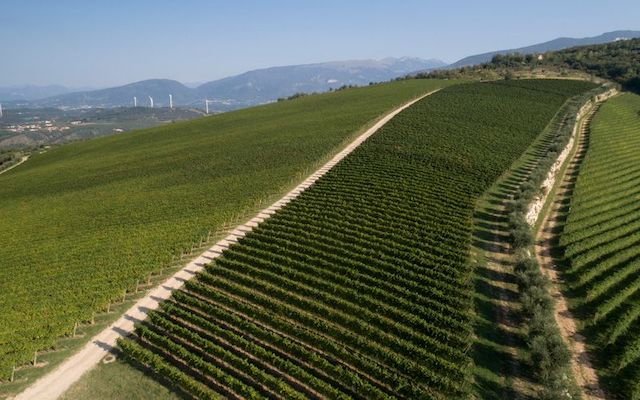
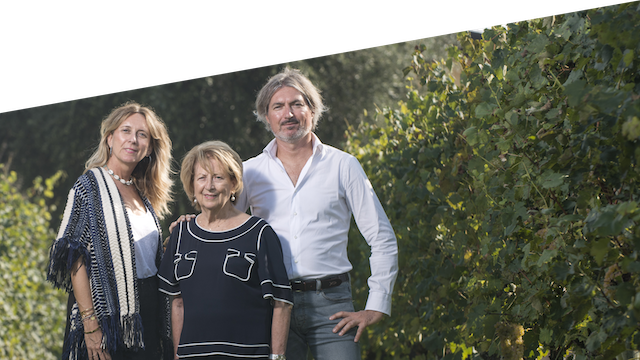
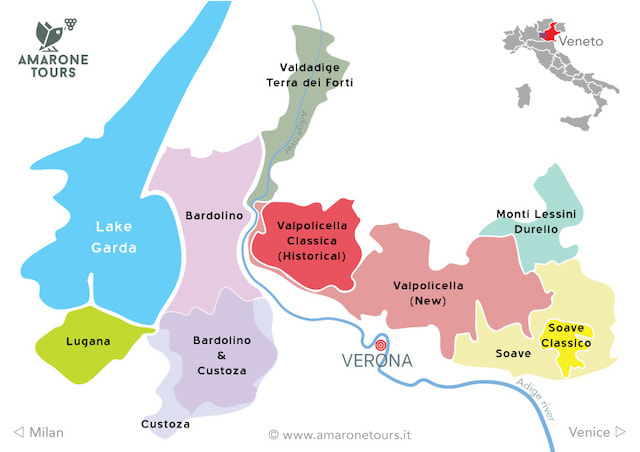
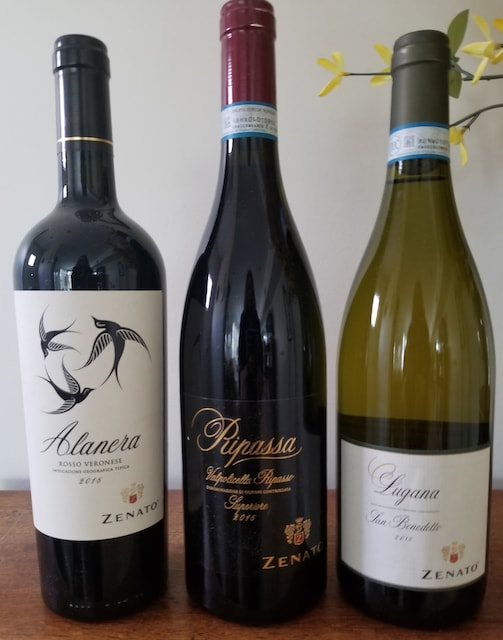
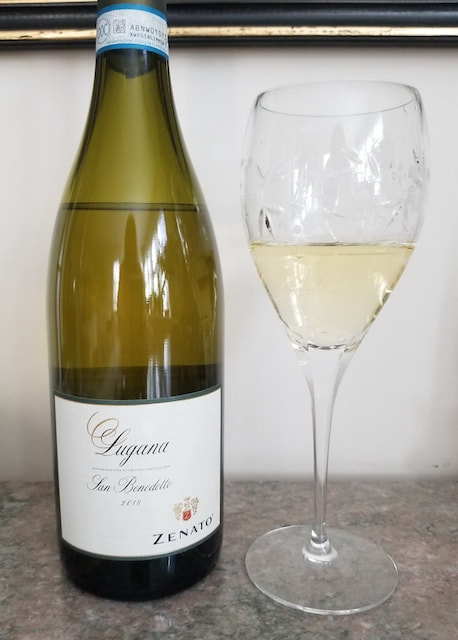
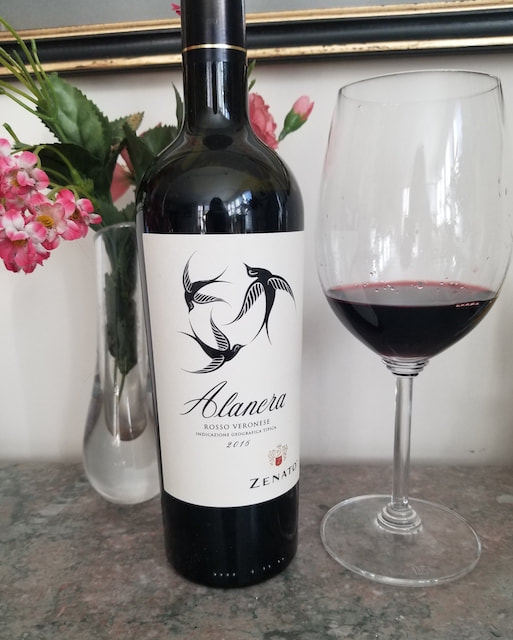
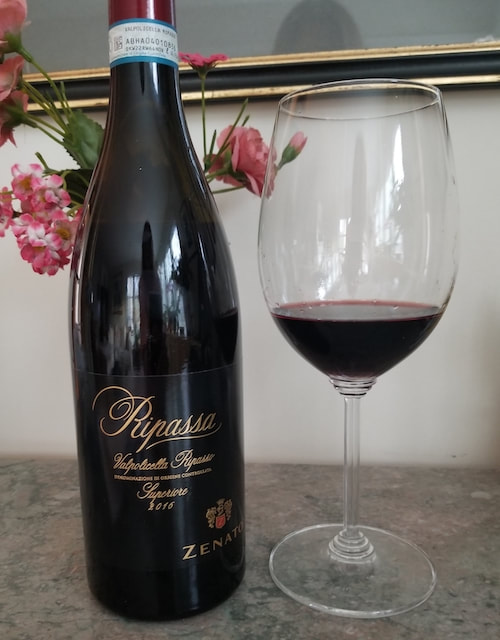

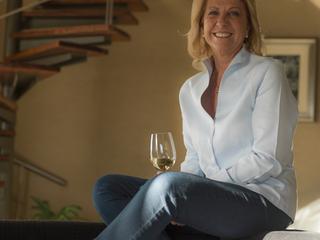
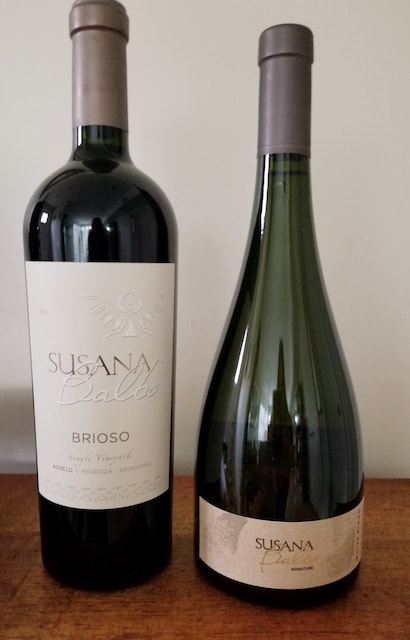
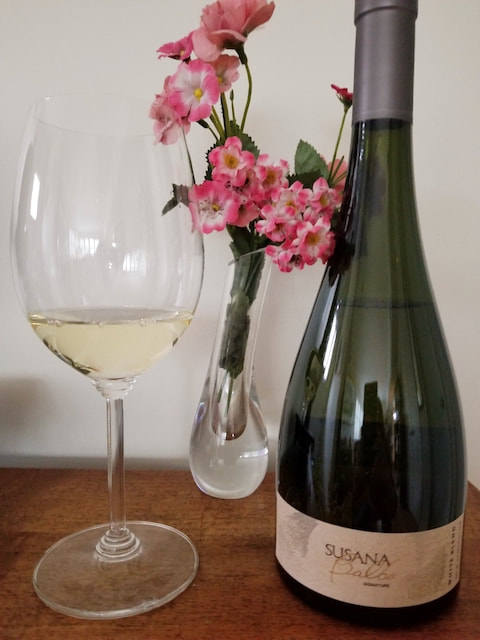
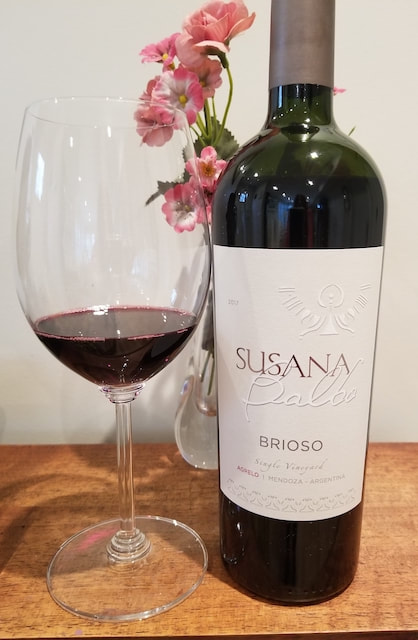
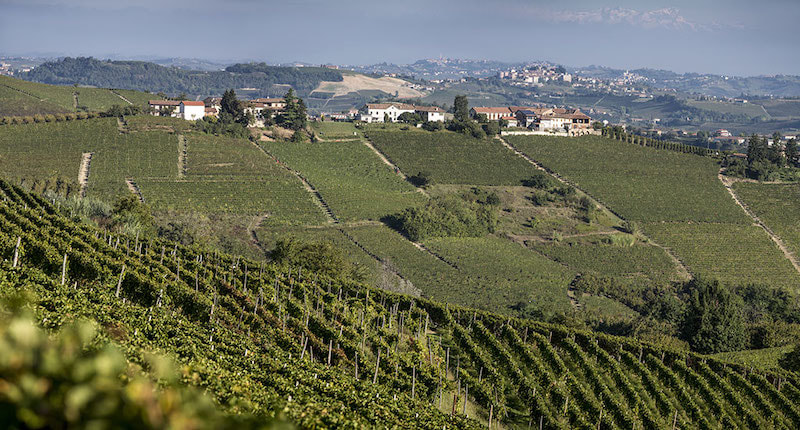
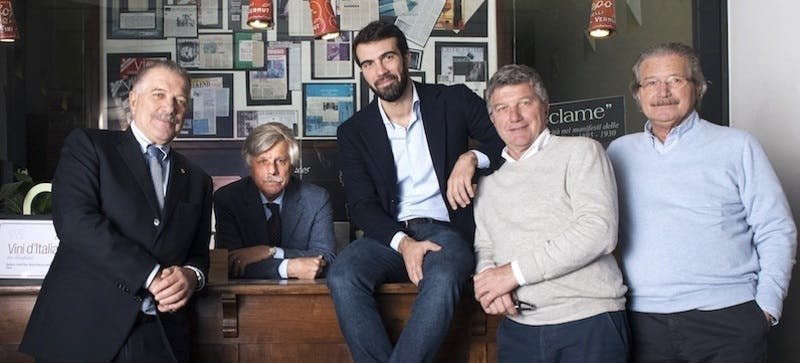
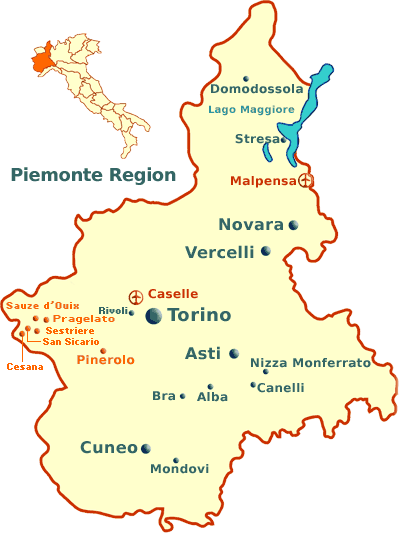
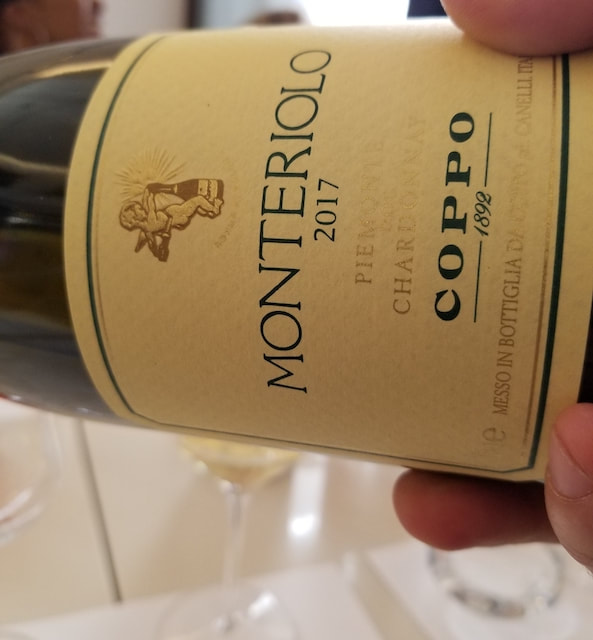
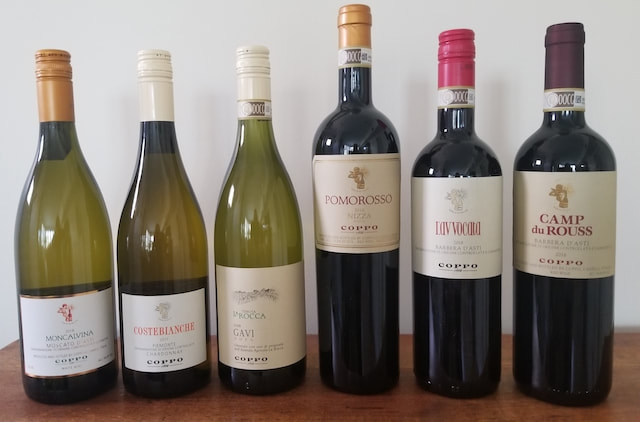
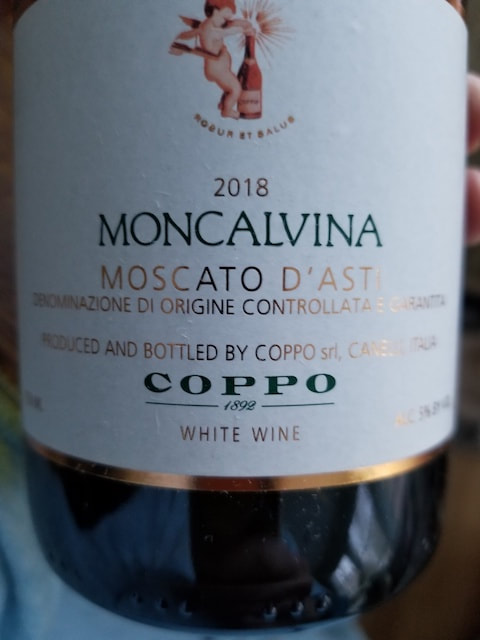
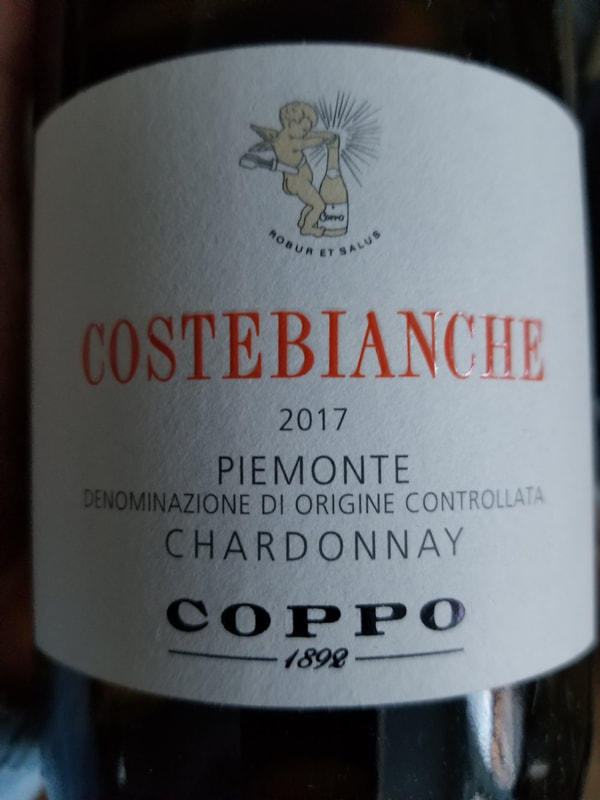
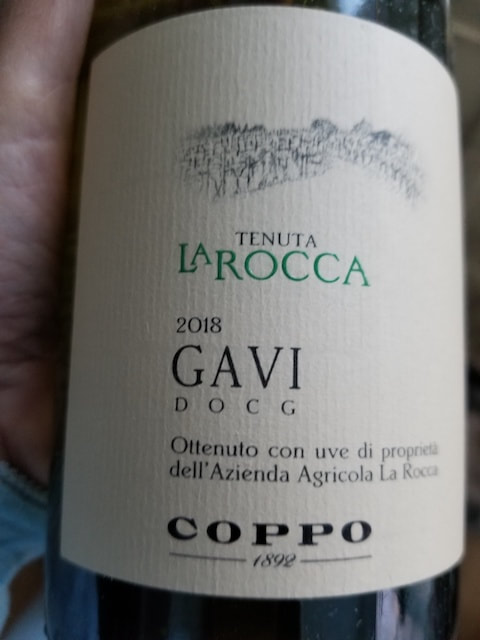
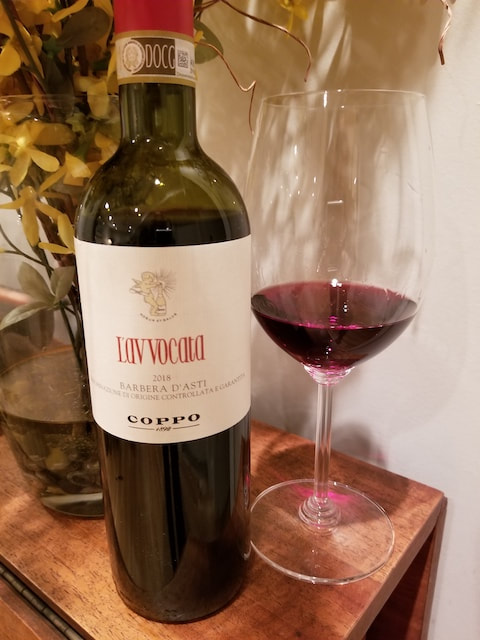
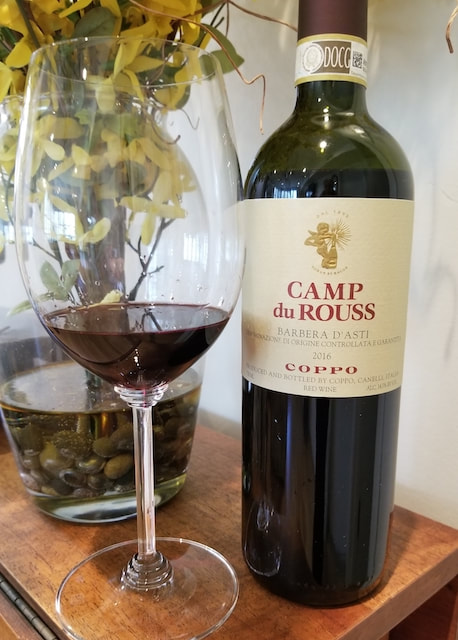
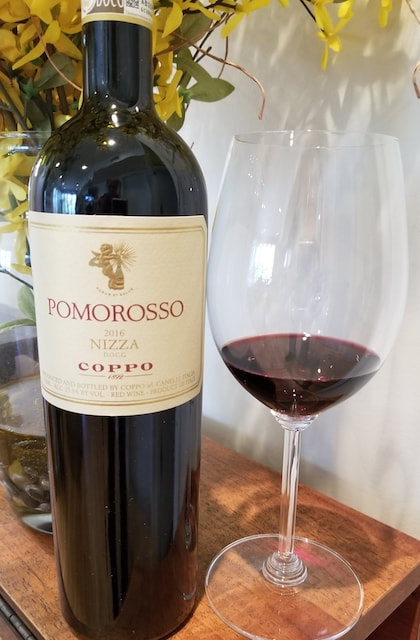
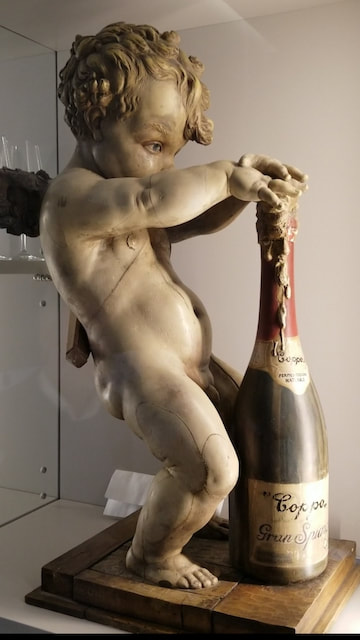
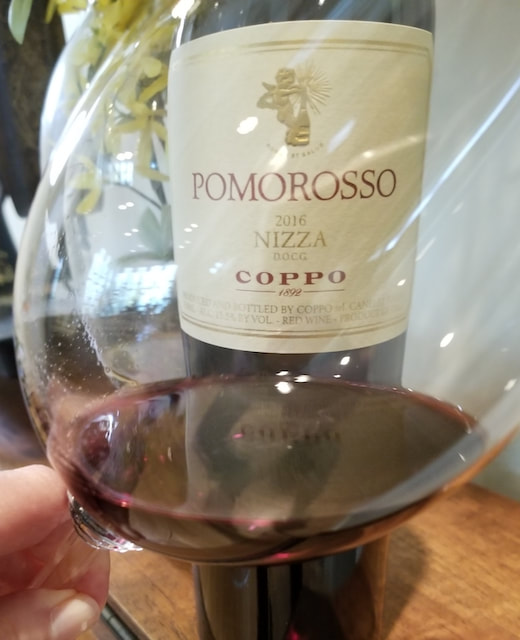
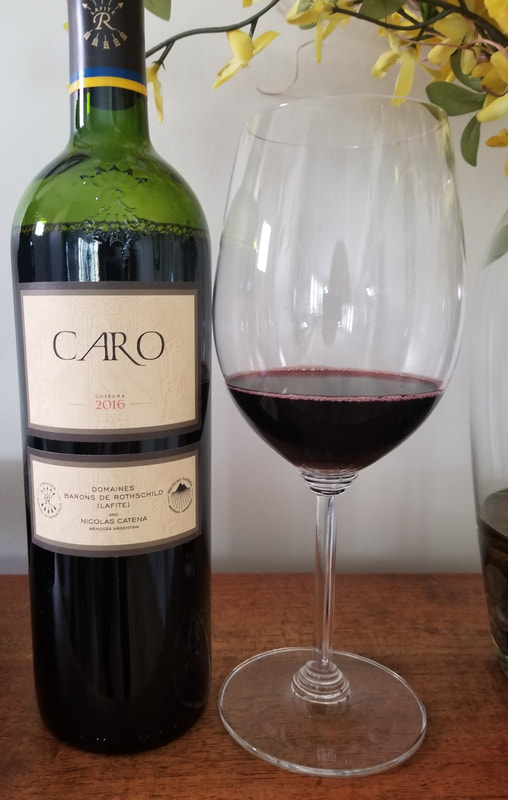
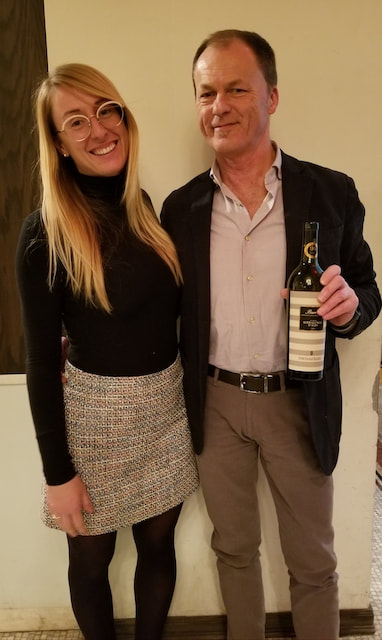
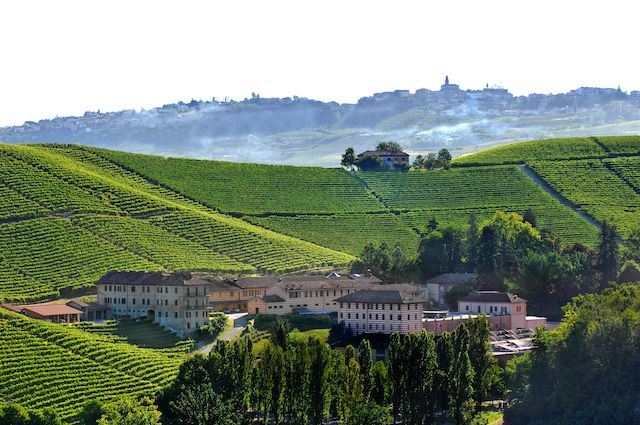
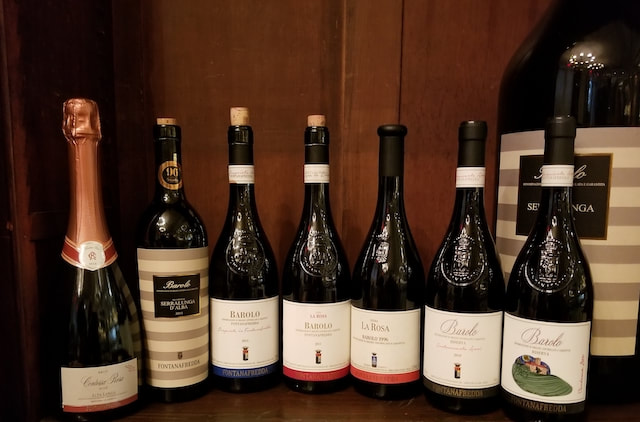
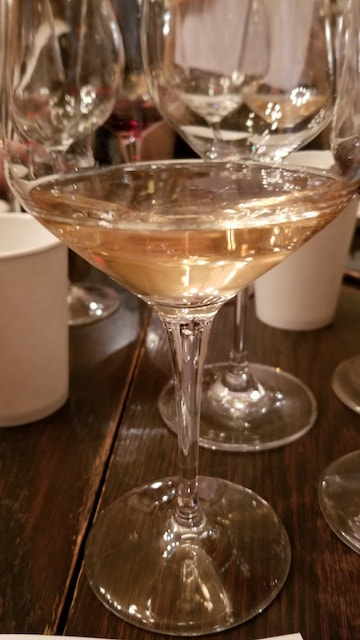
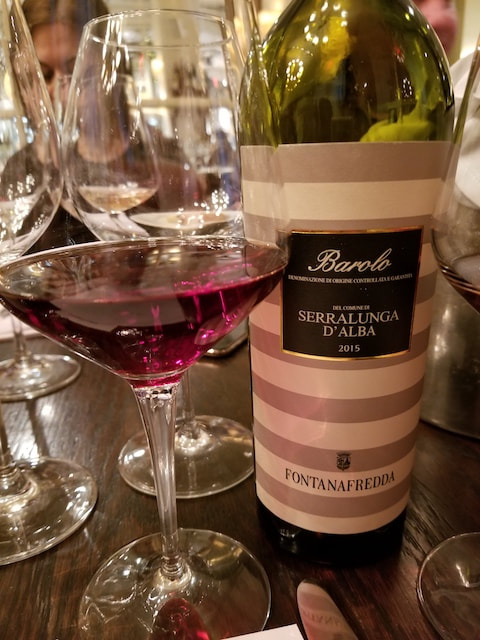
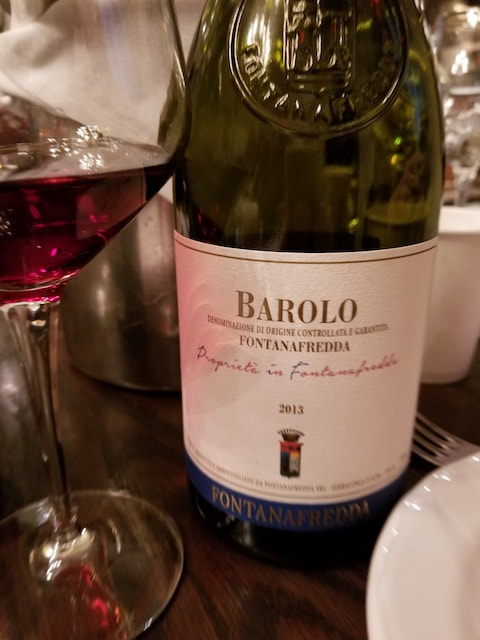
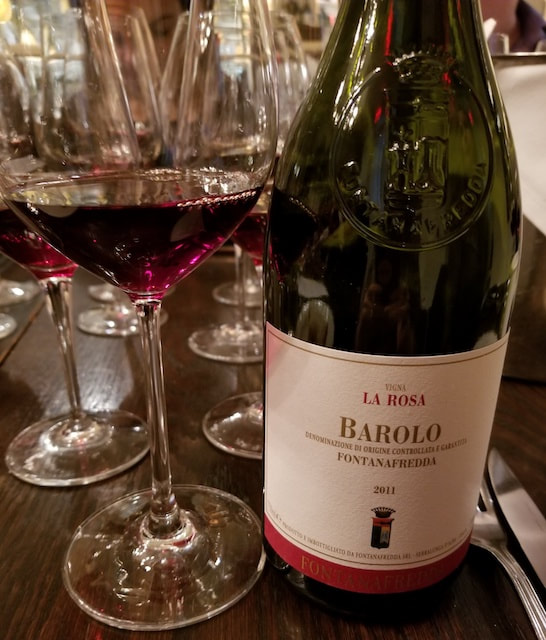
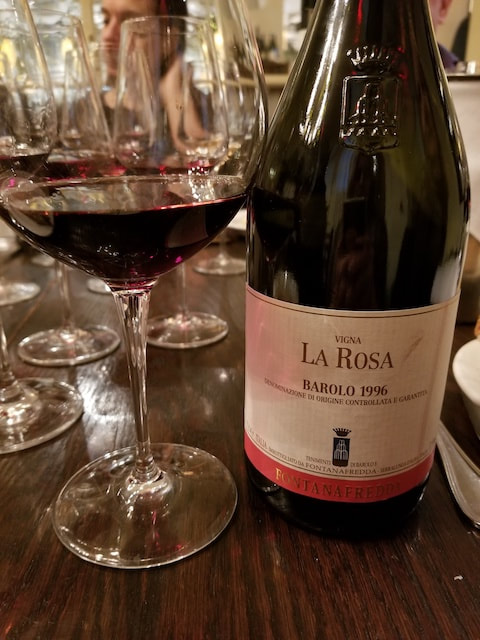
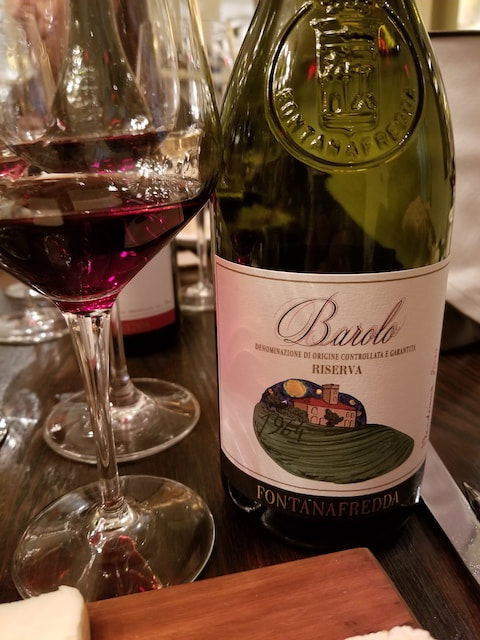
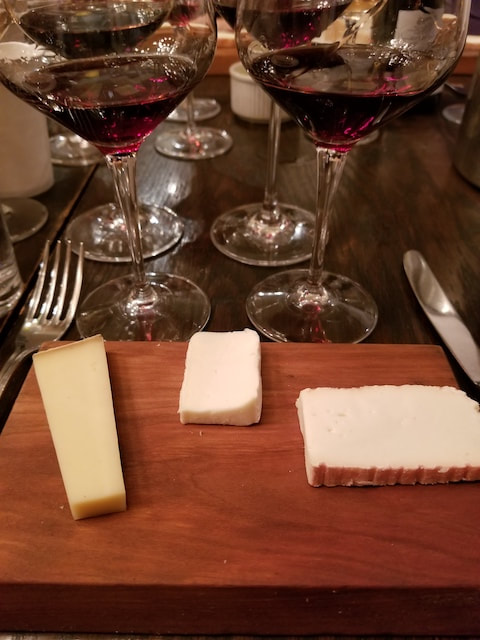
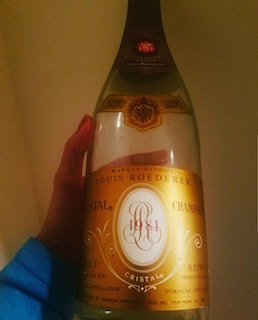
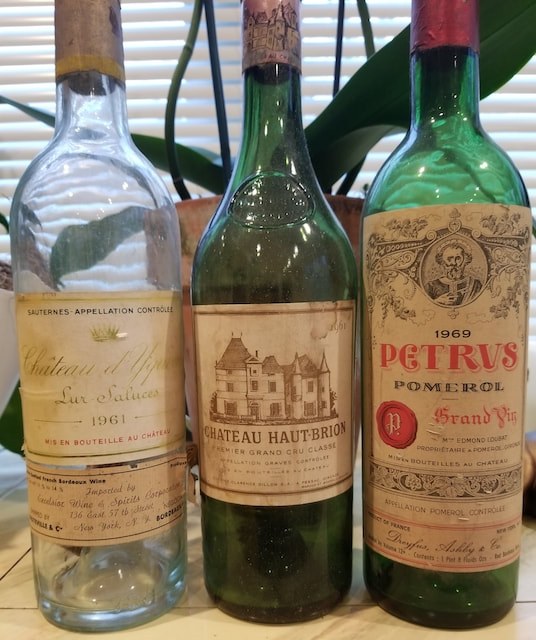
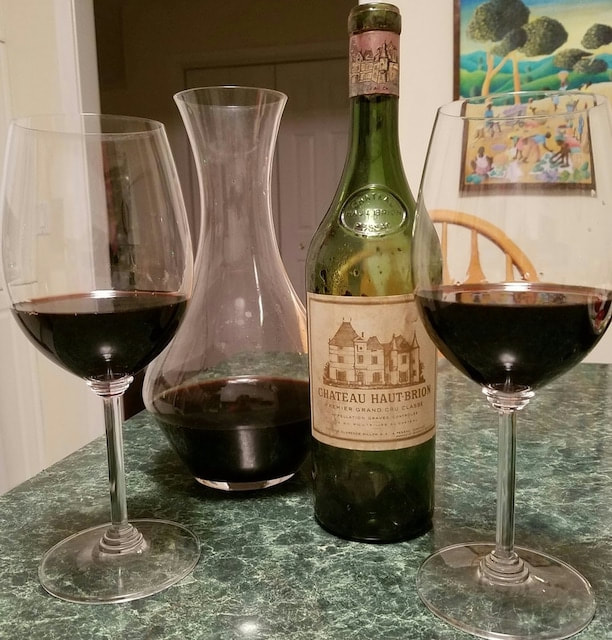
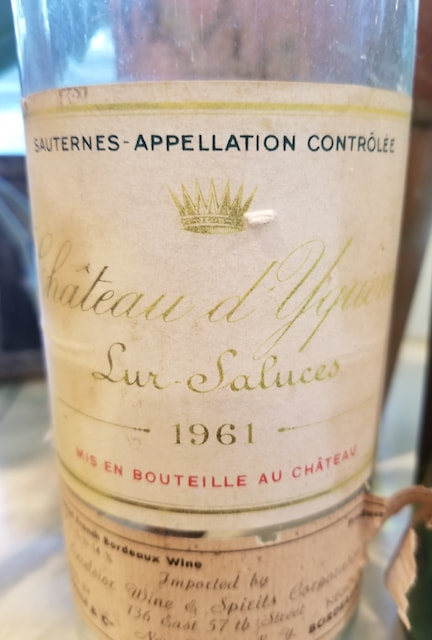

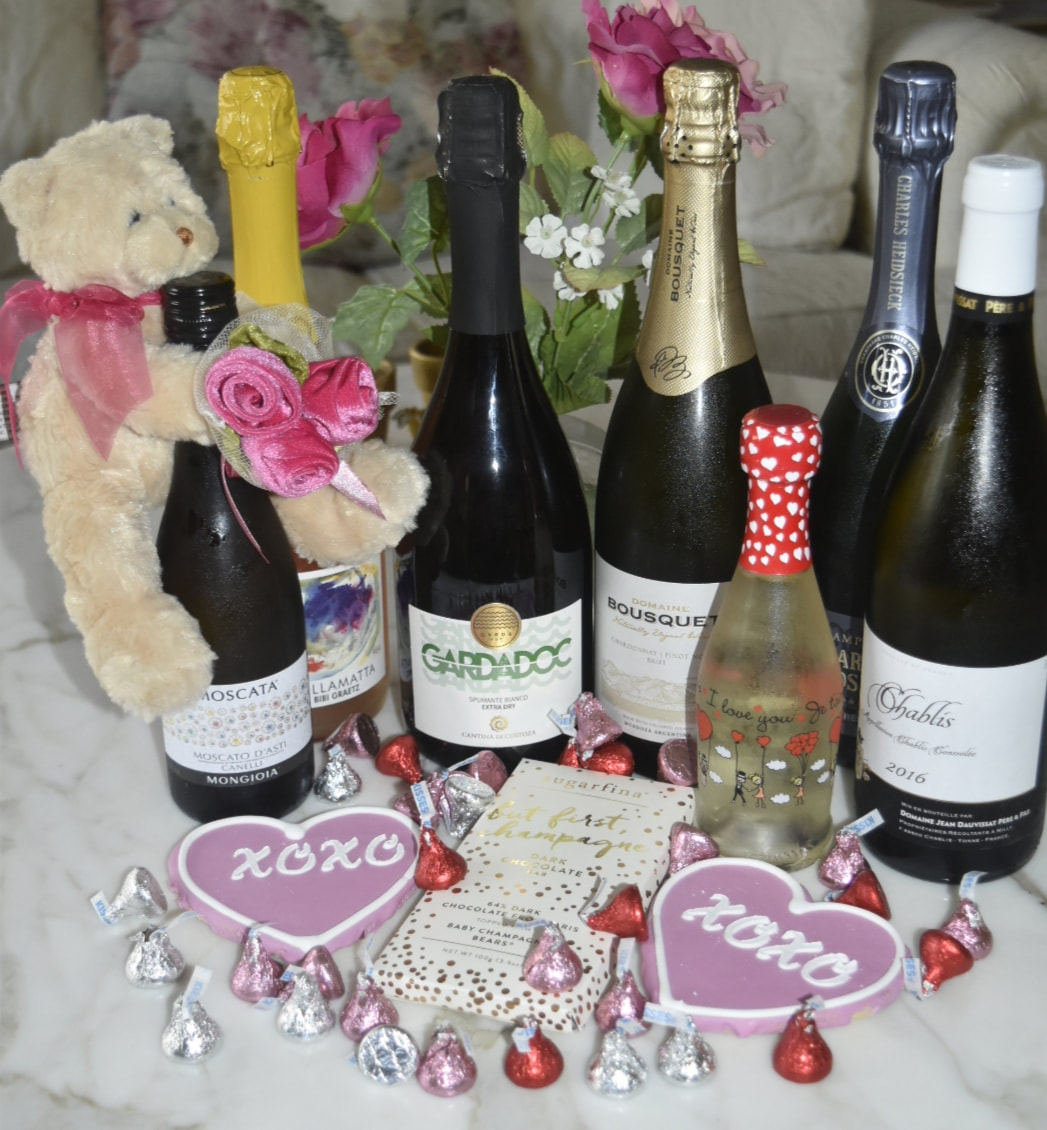
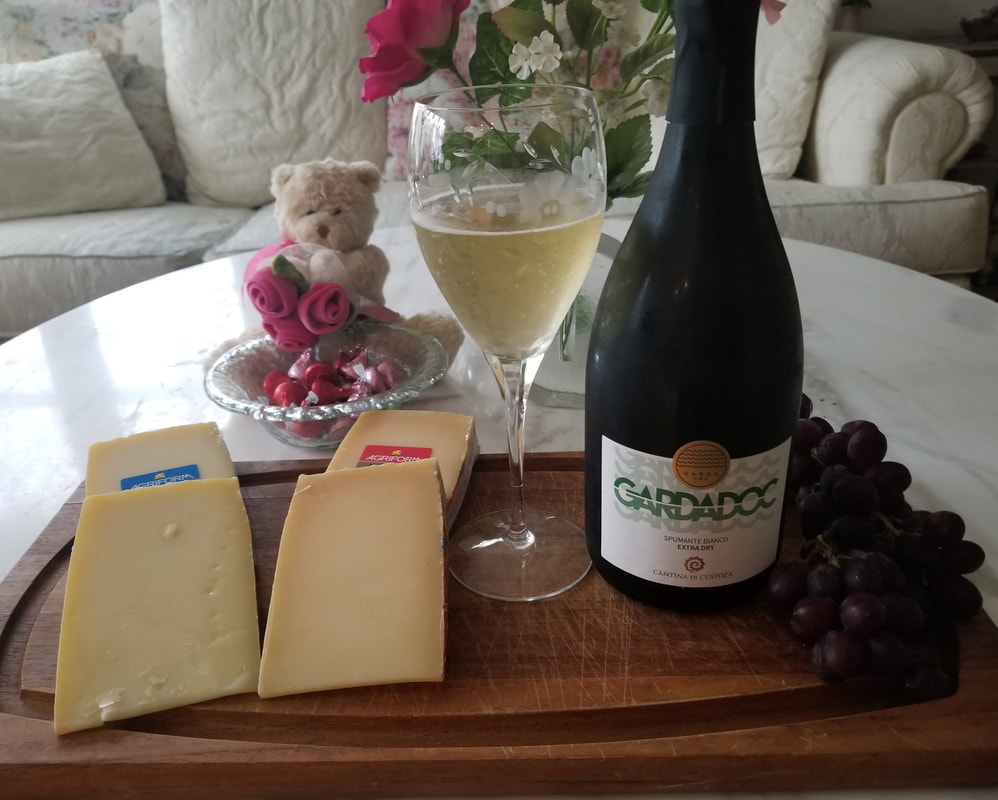
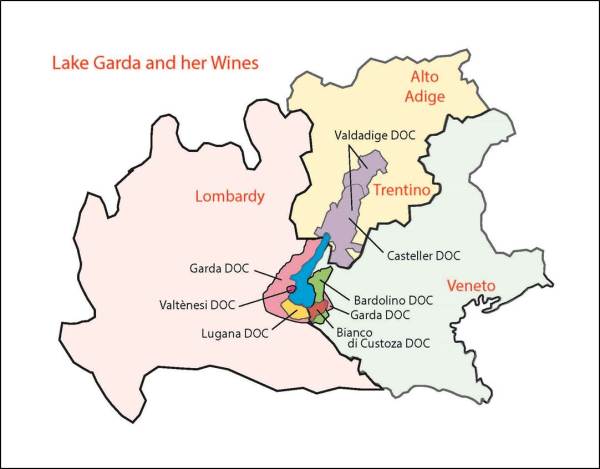
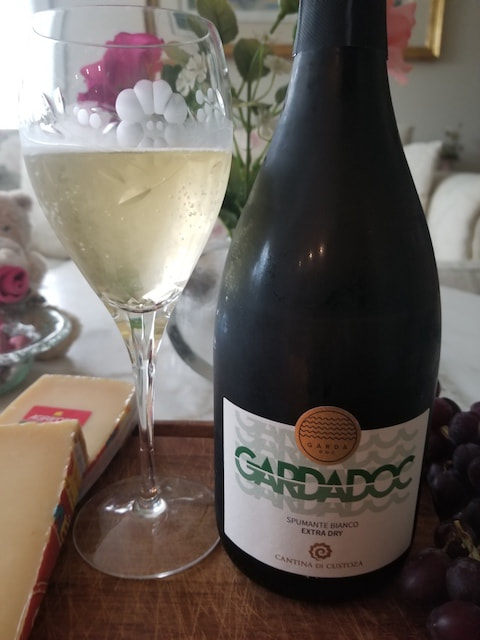
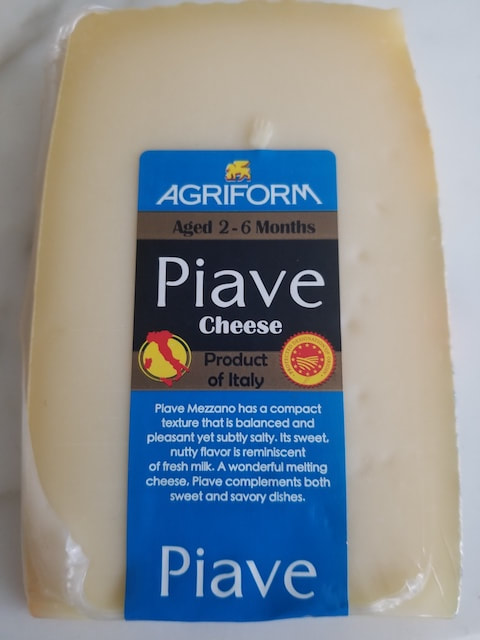
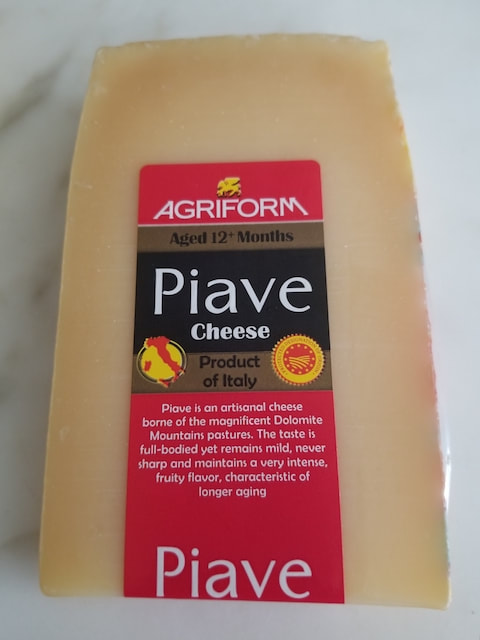
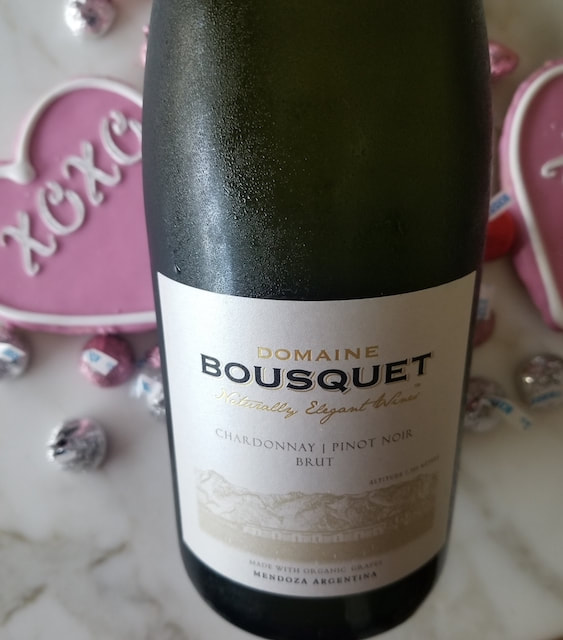
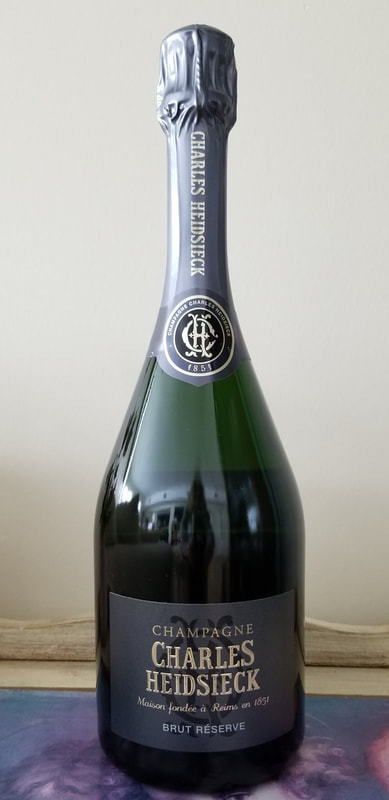
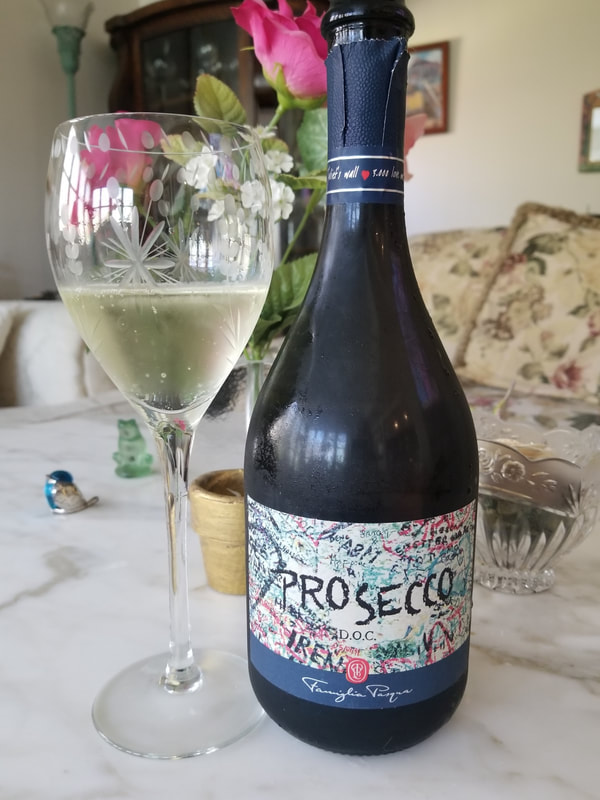
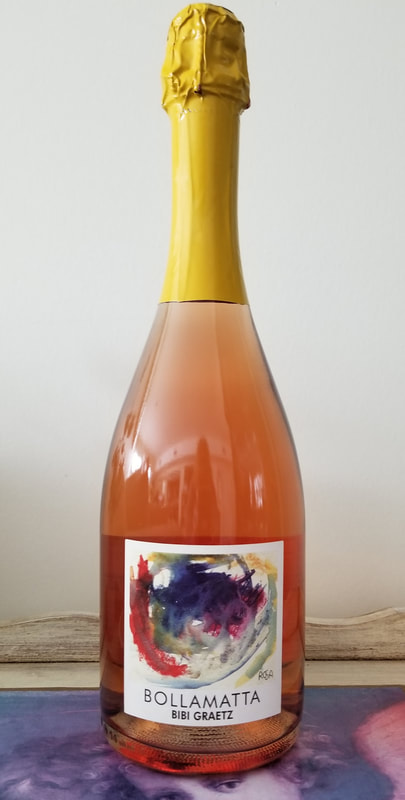
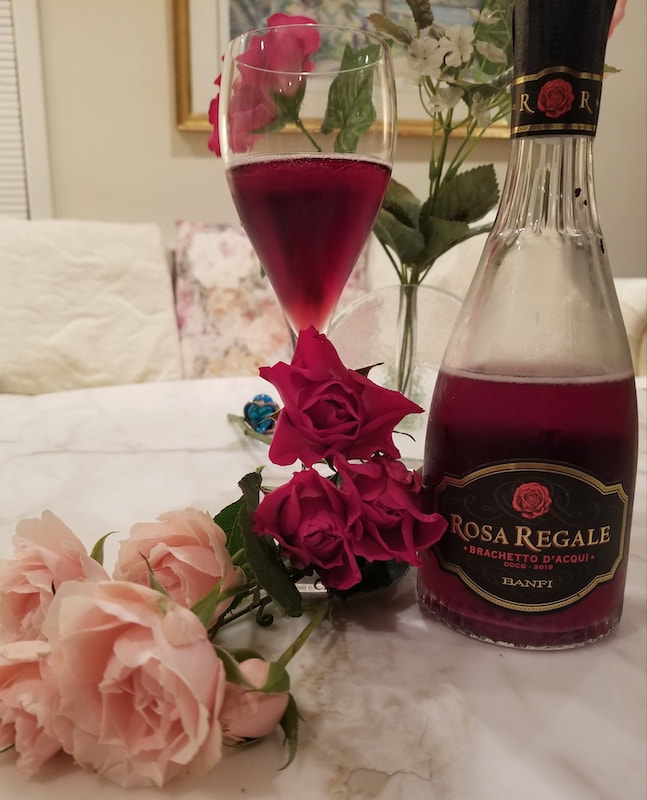
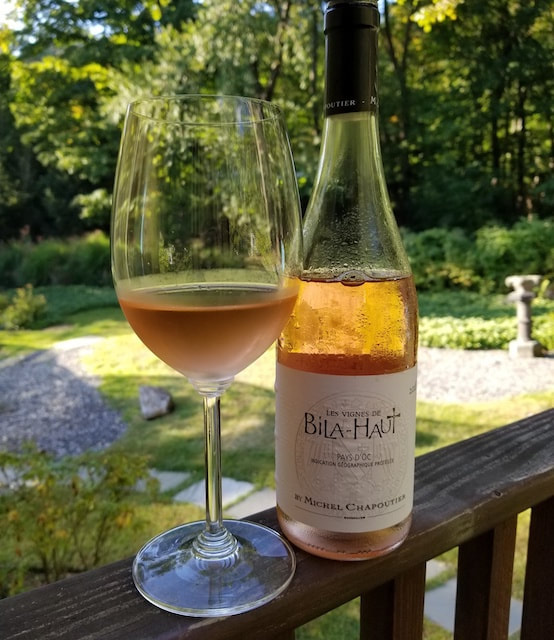
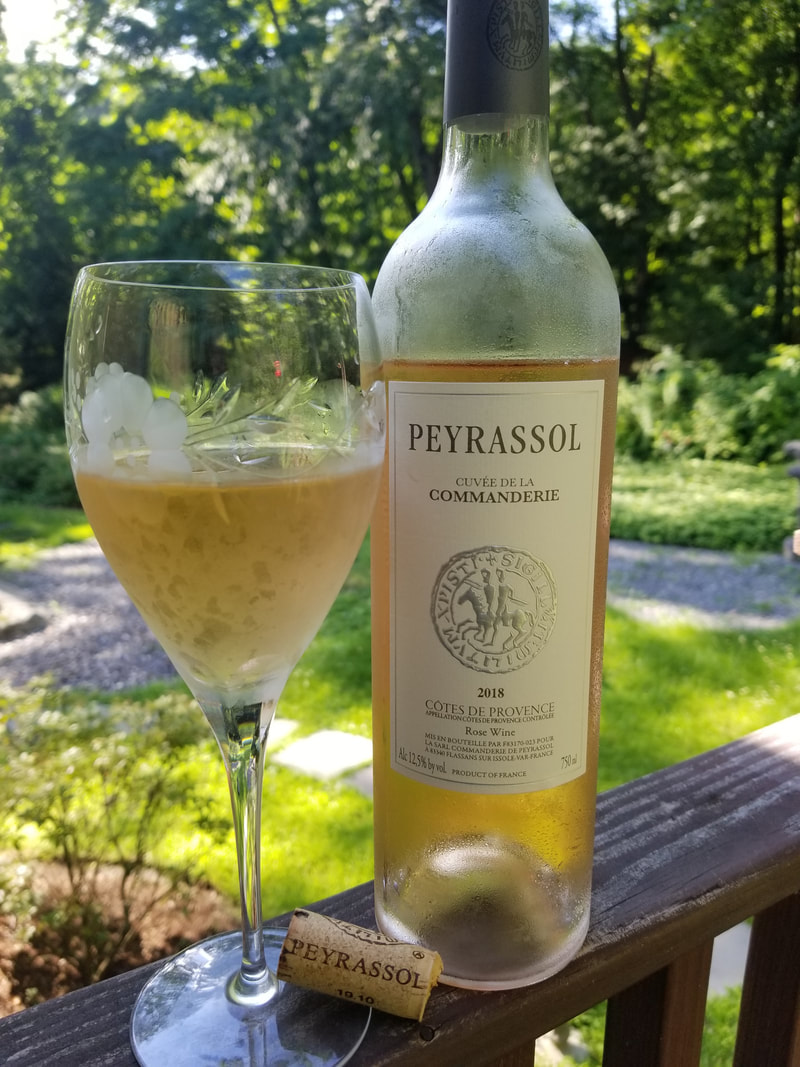
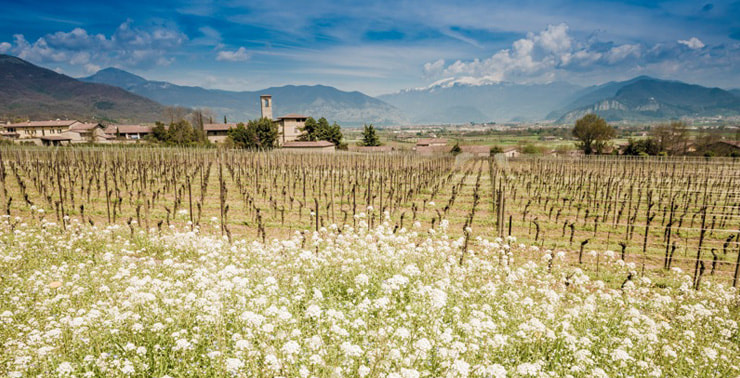
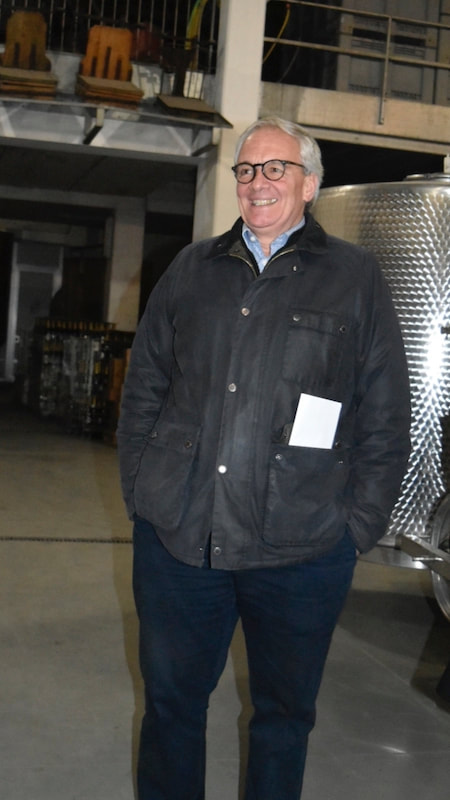
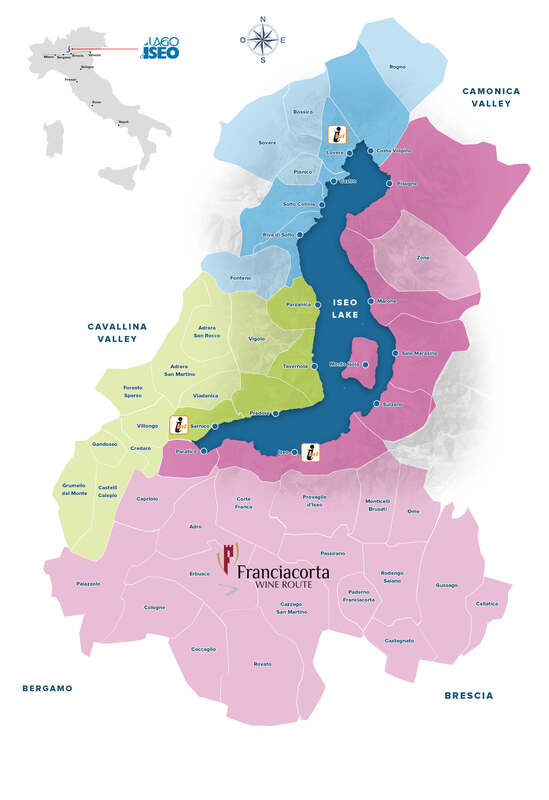

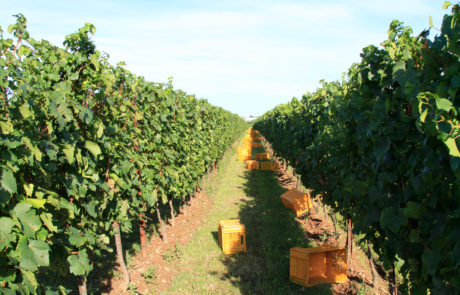
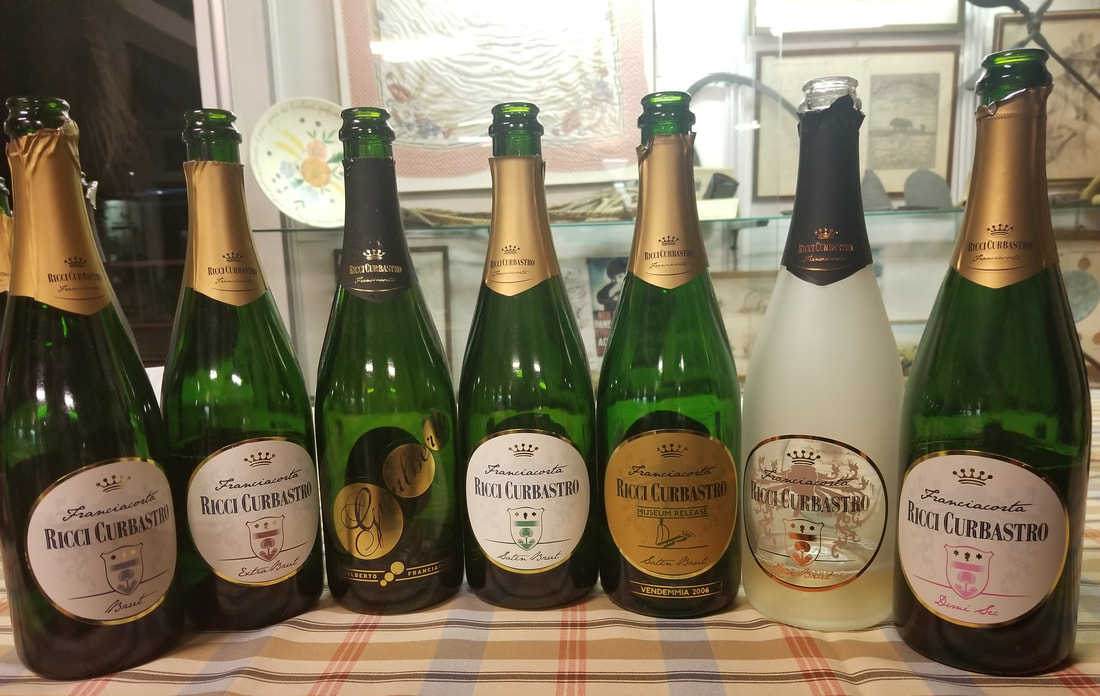
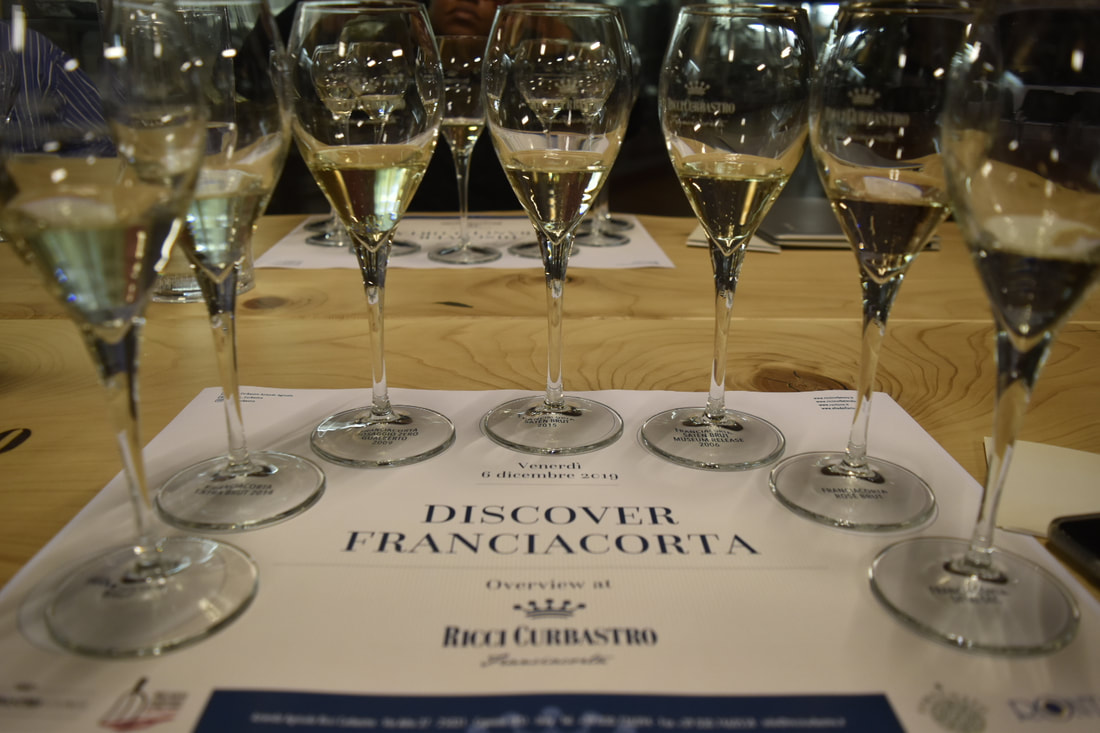
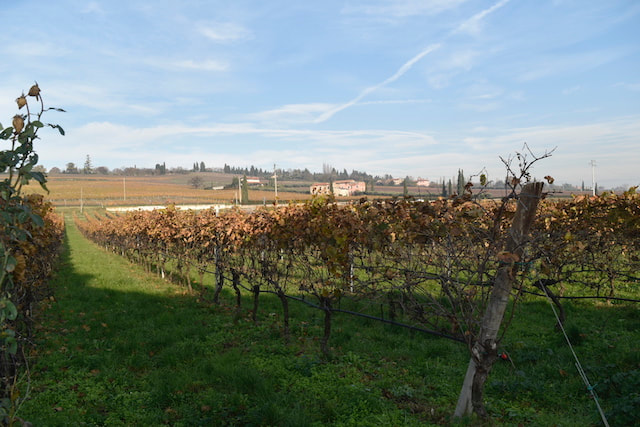
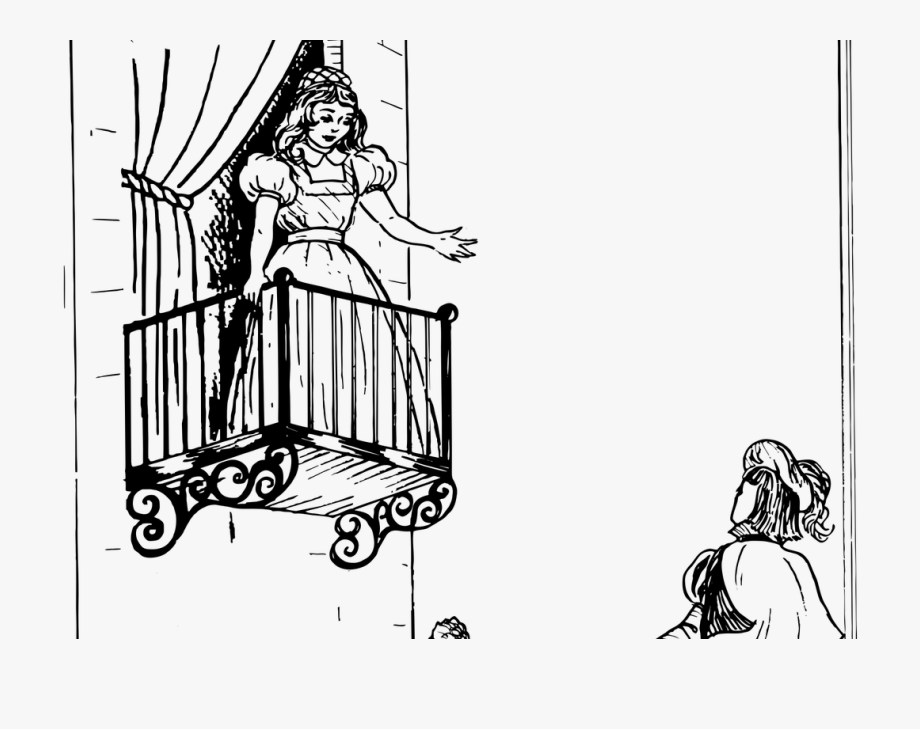
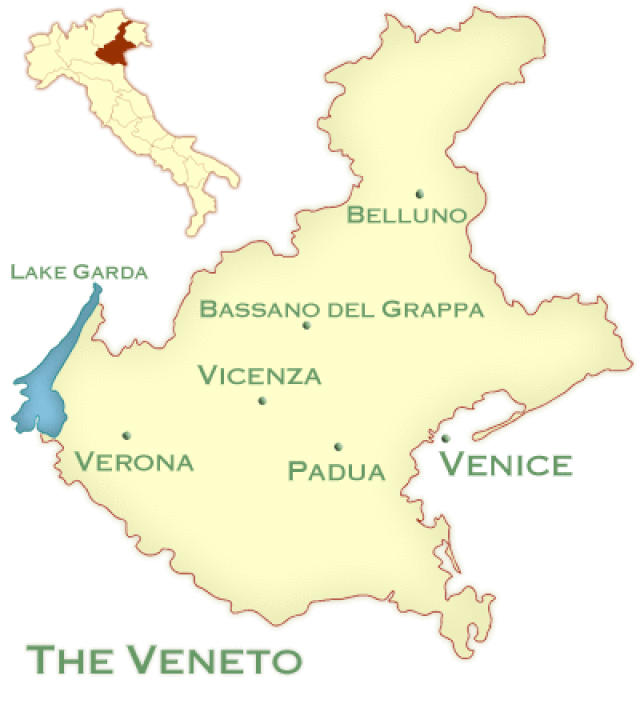
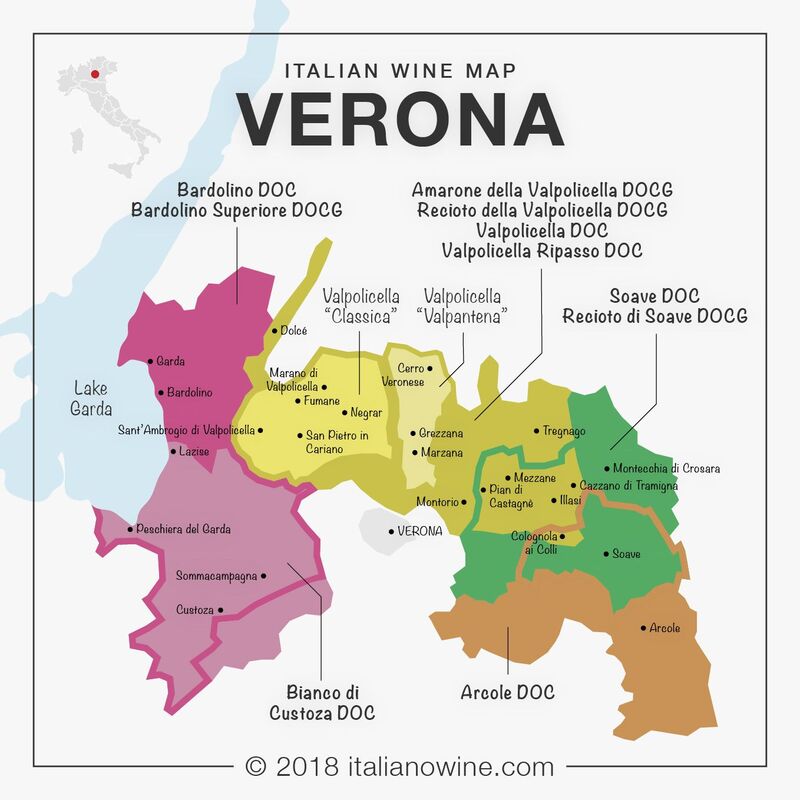
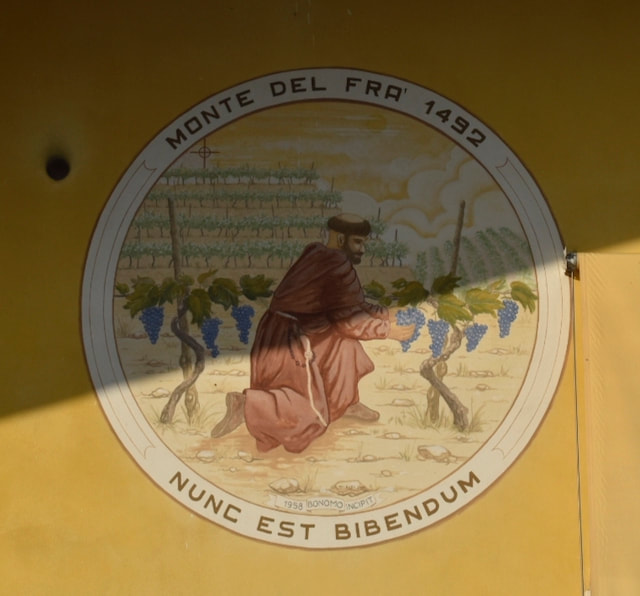
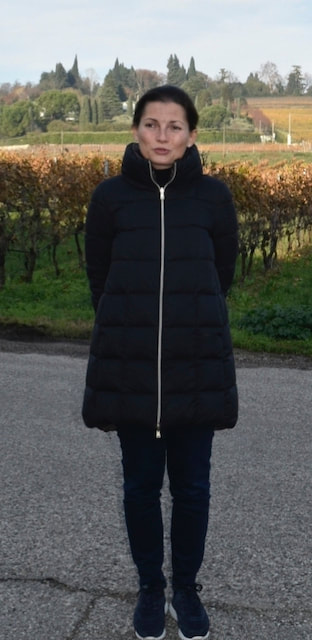
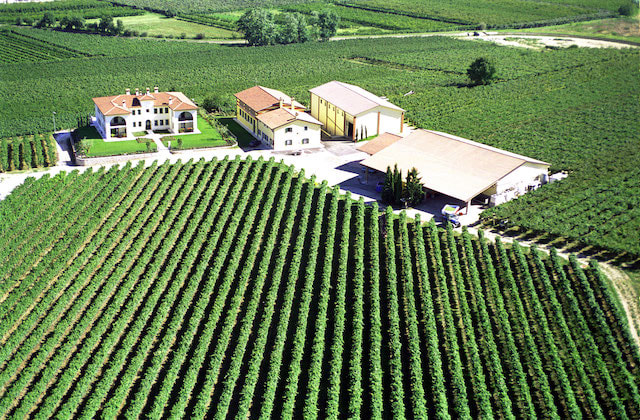
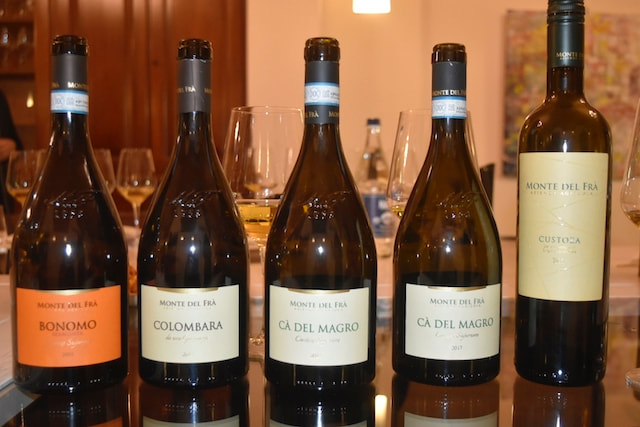
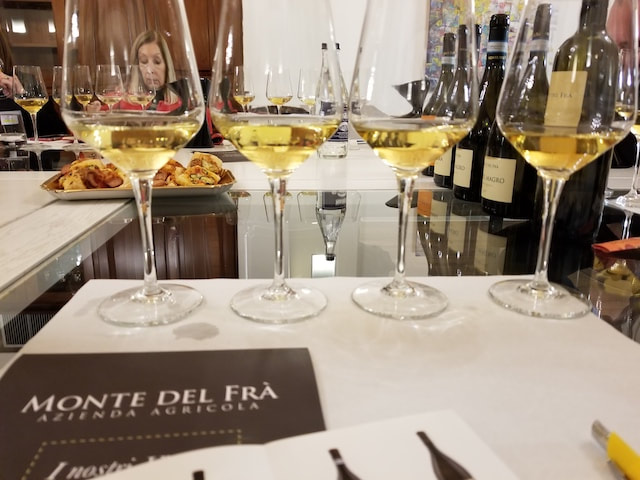
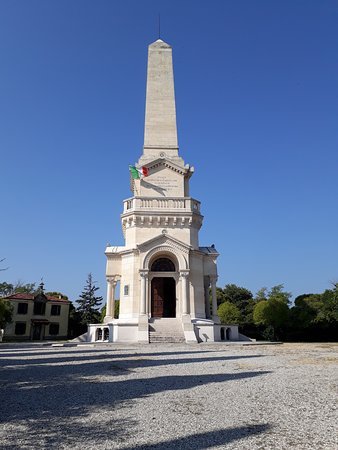
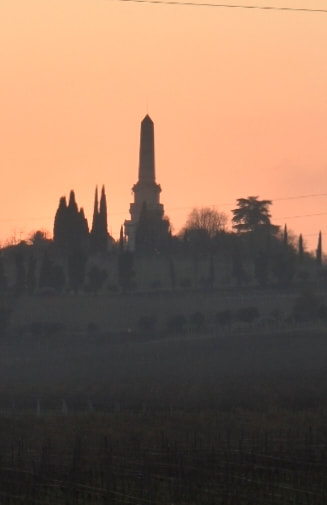
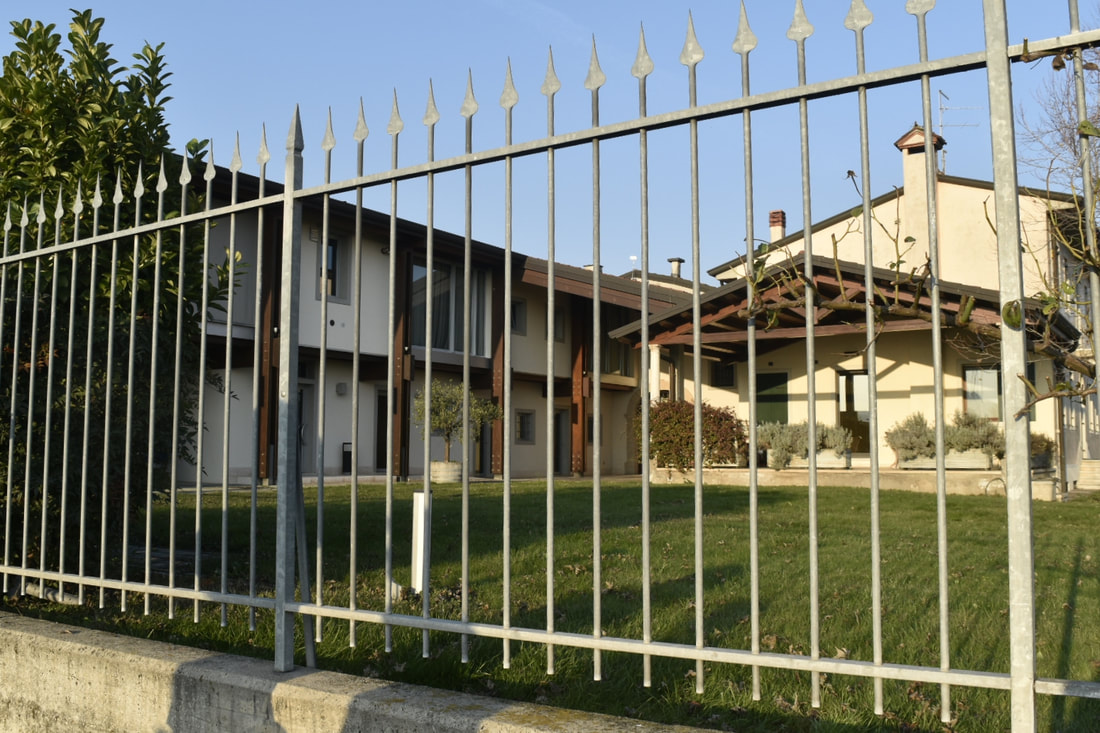
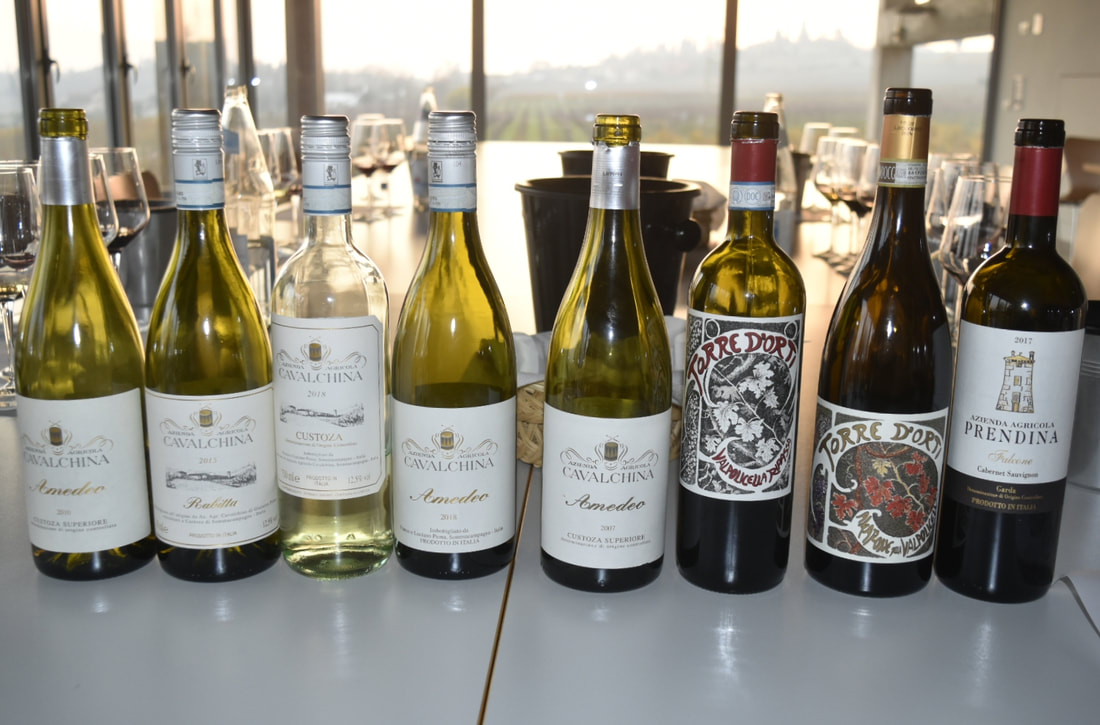
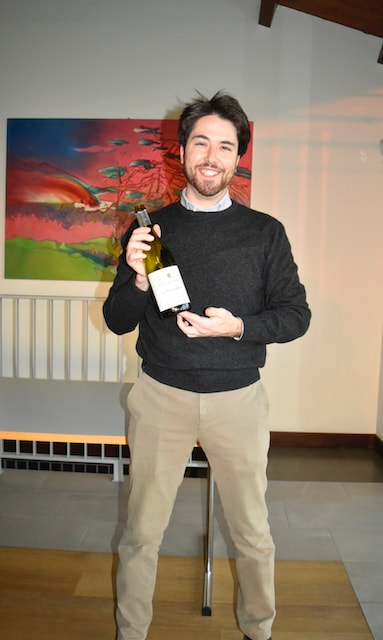
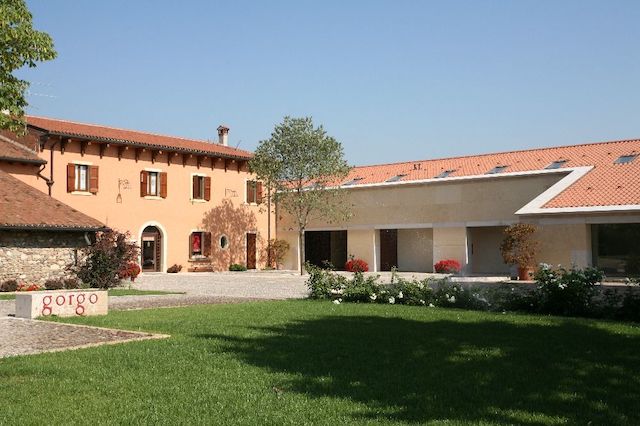
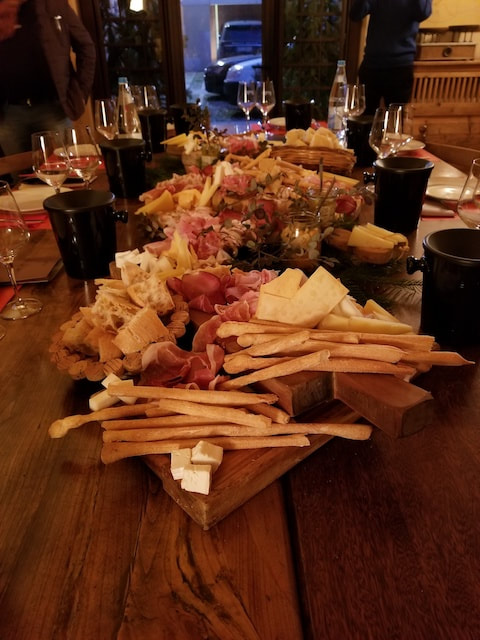
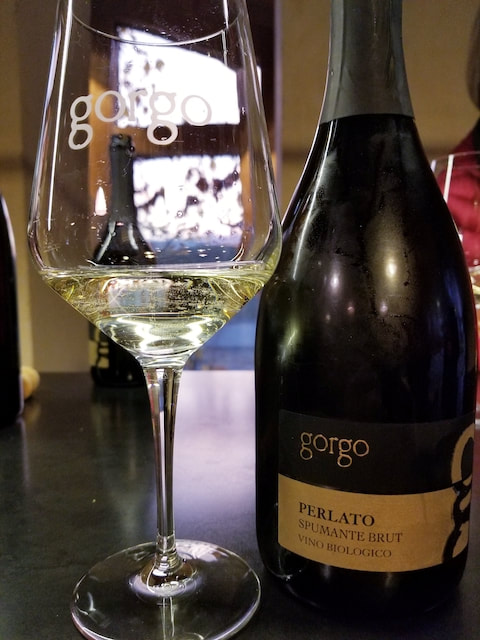

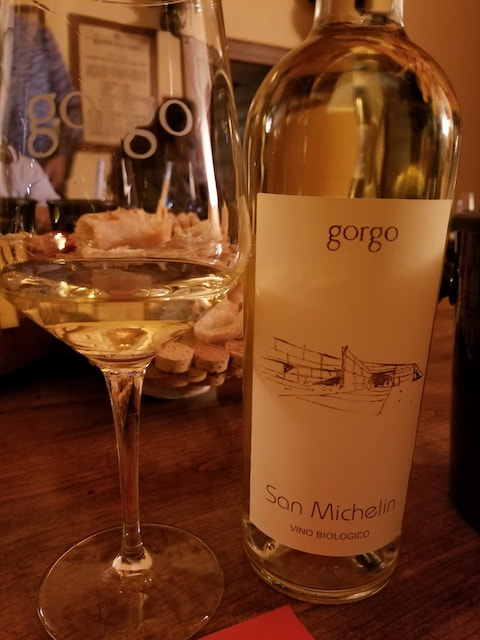
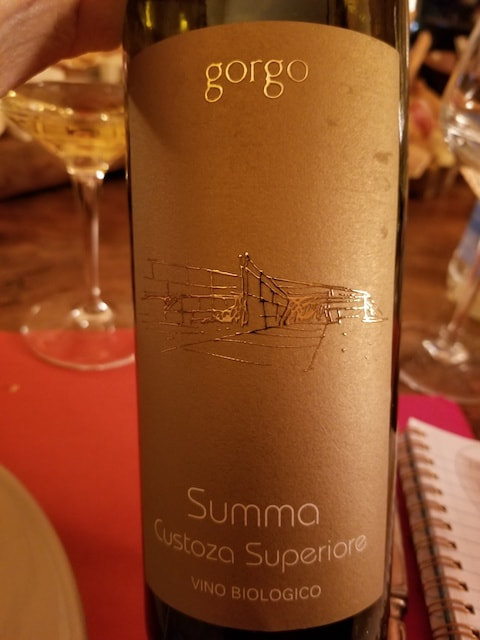
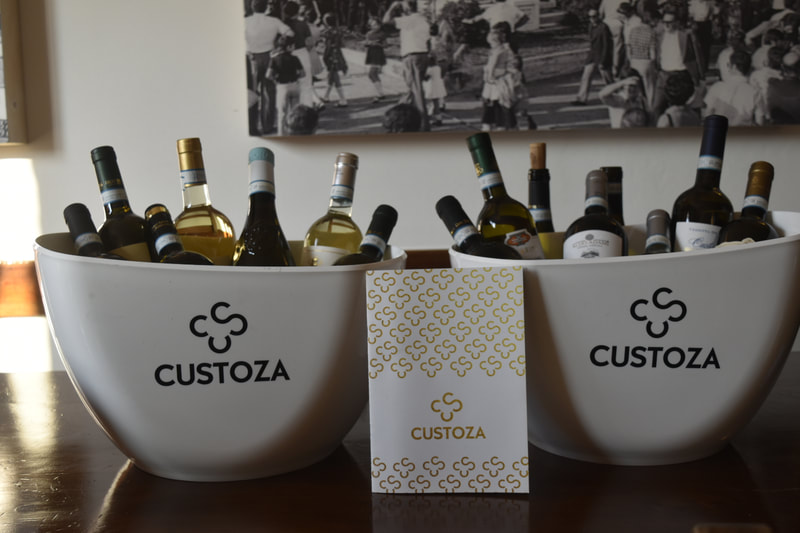
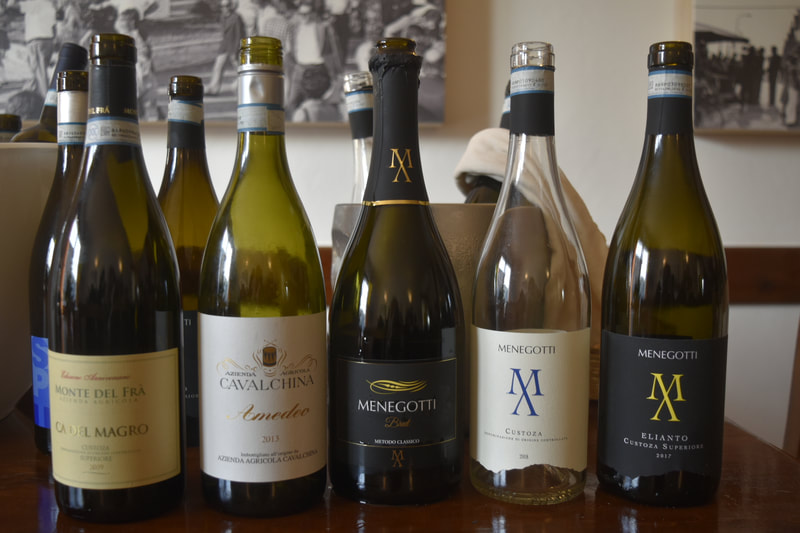
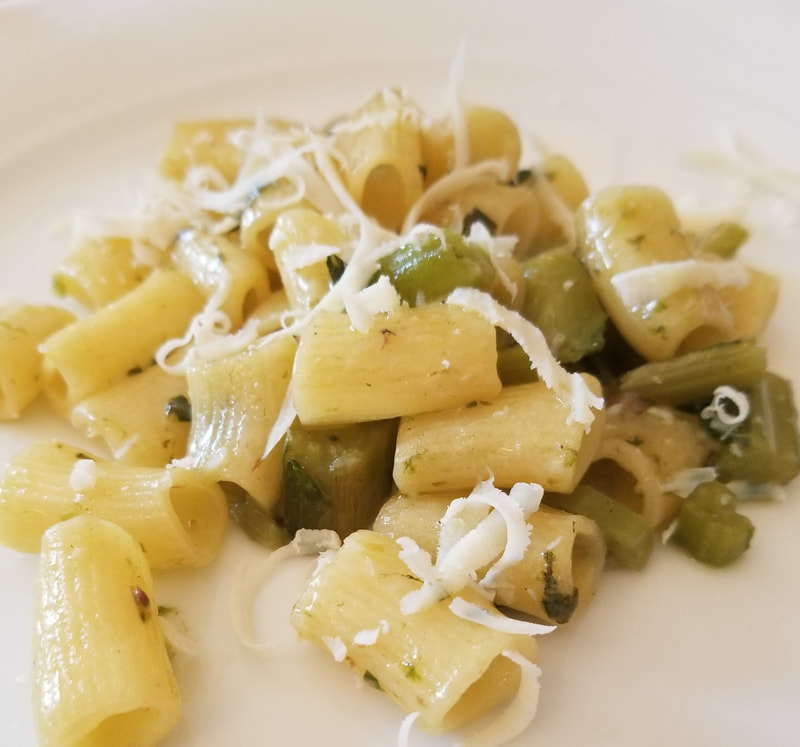
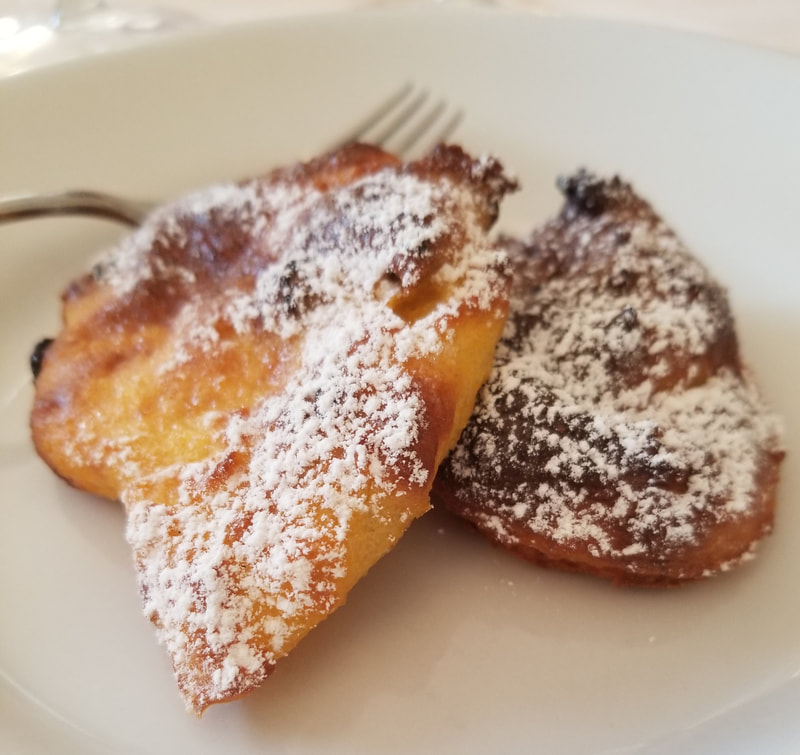
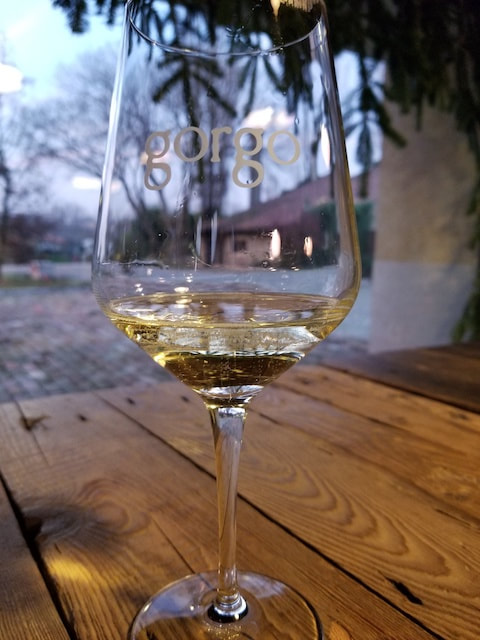
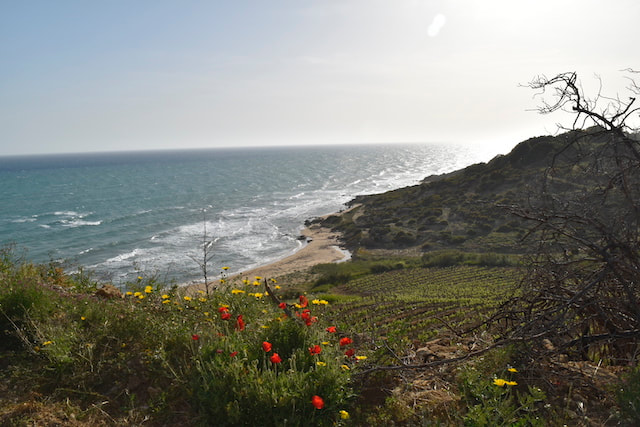
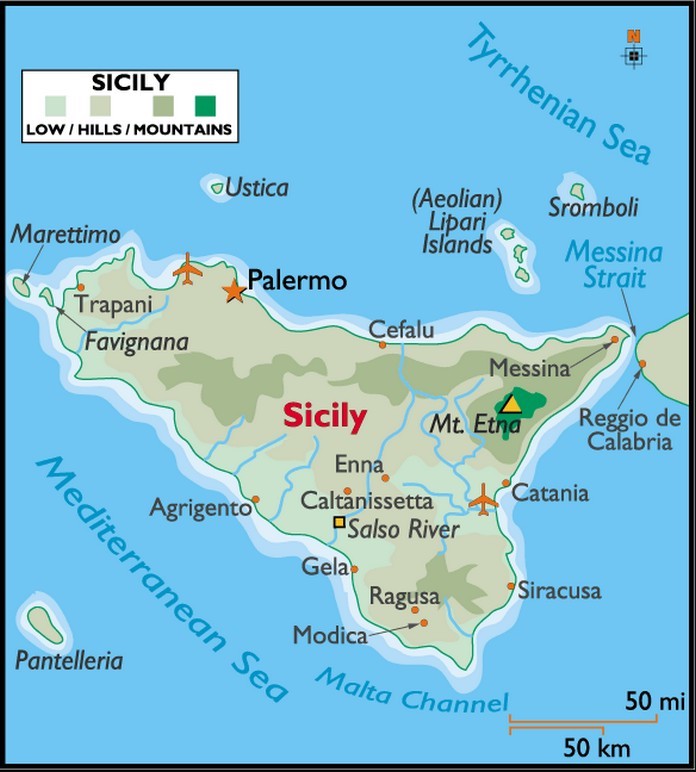
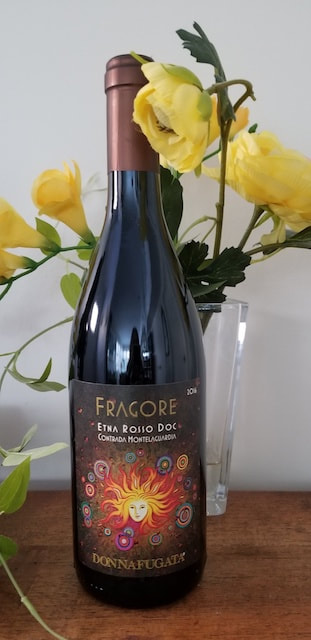
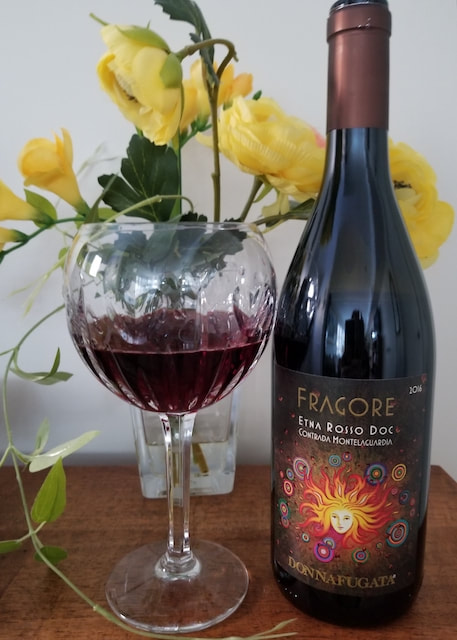
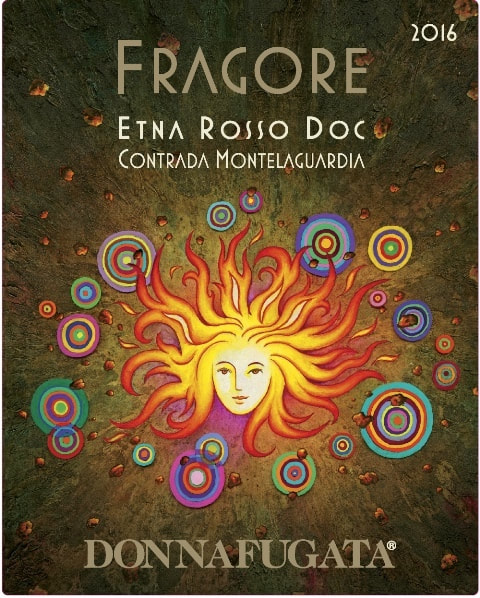
 RSS Feed
RSS Feed